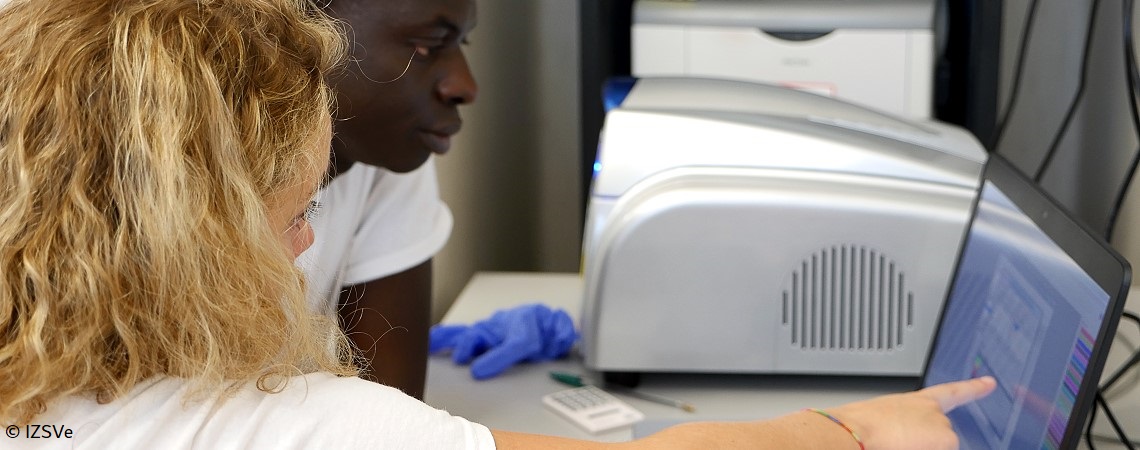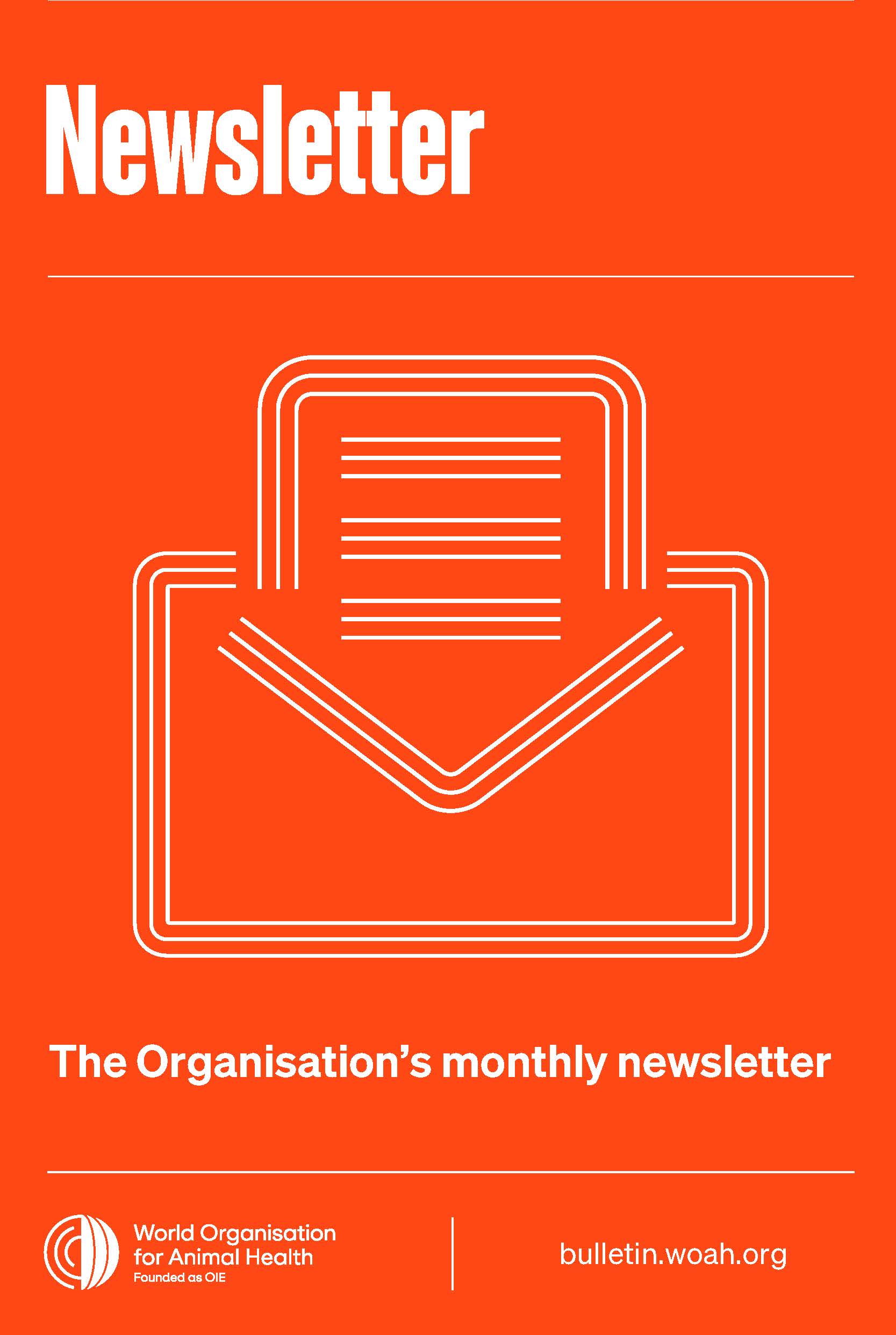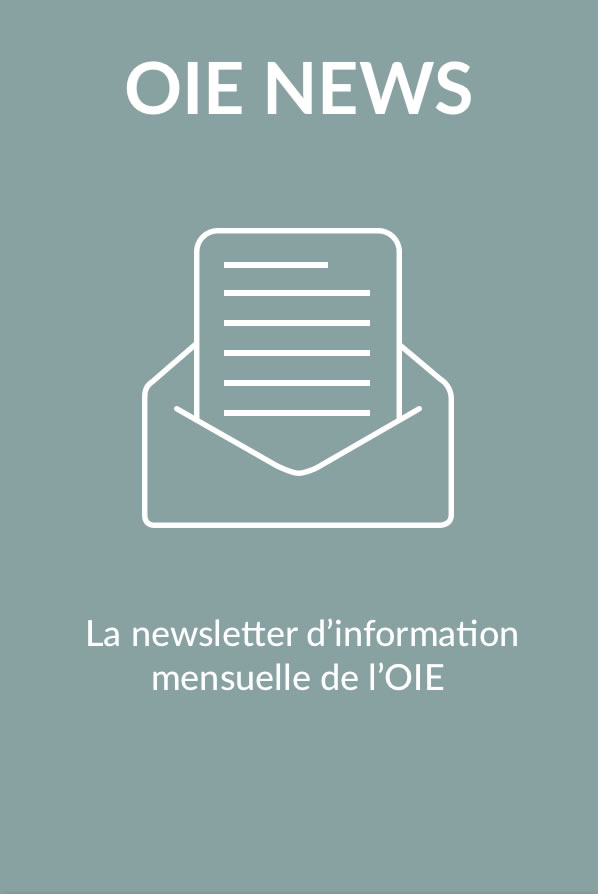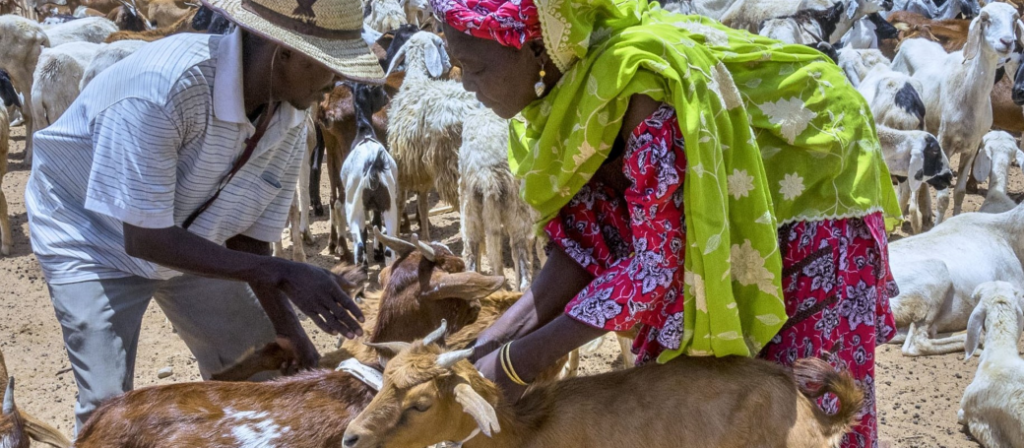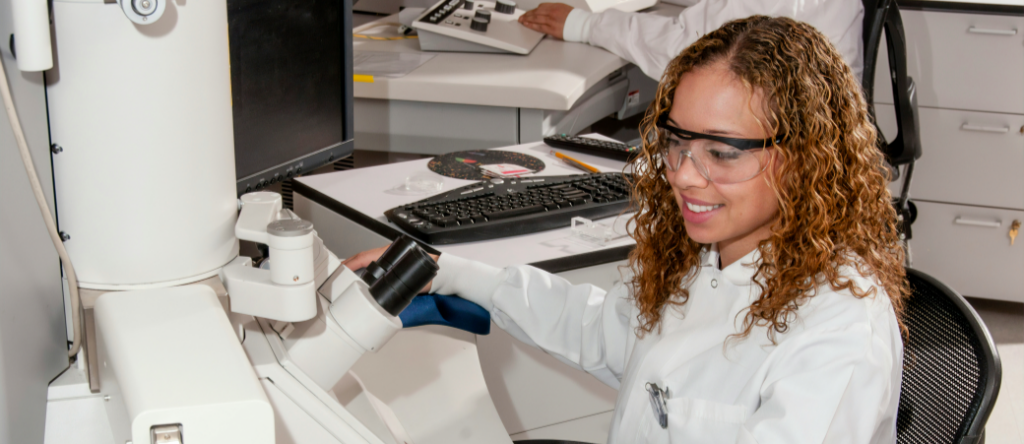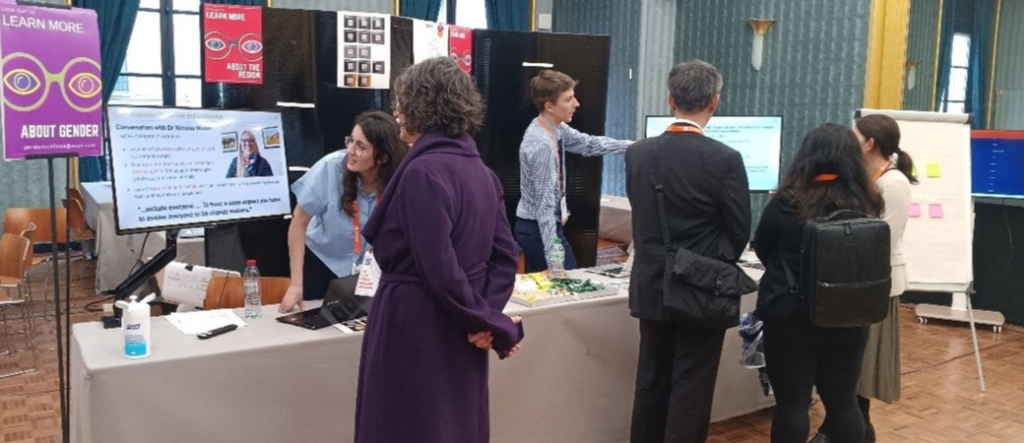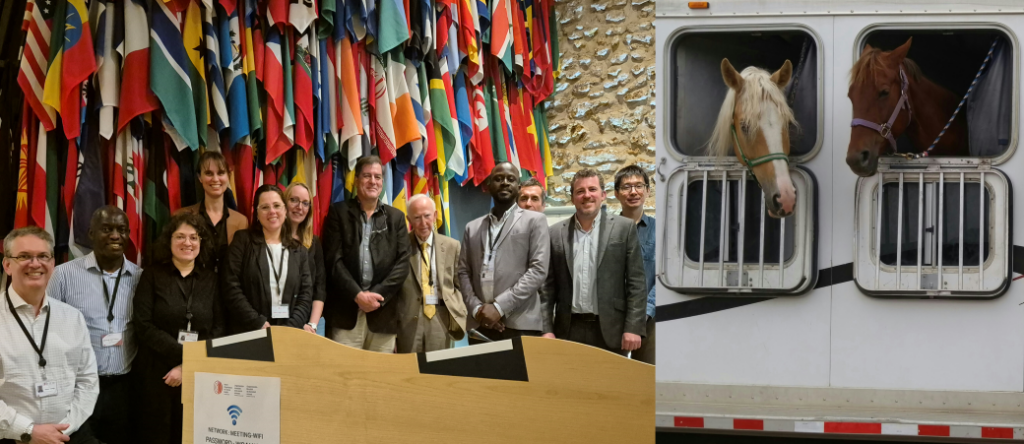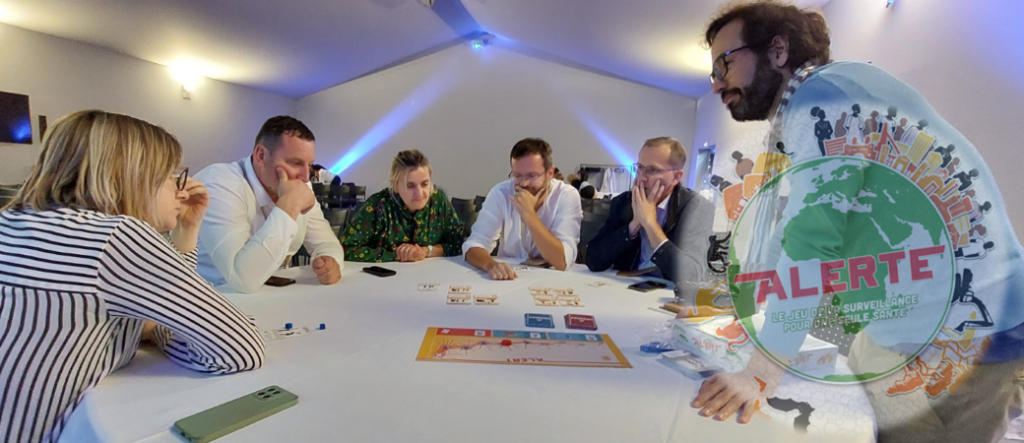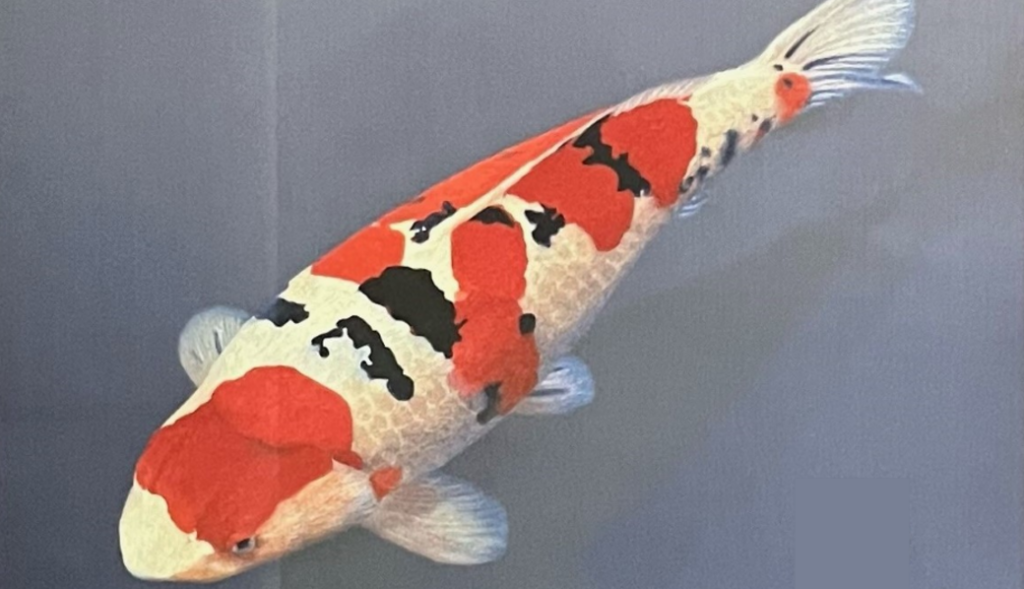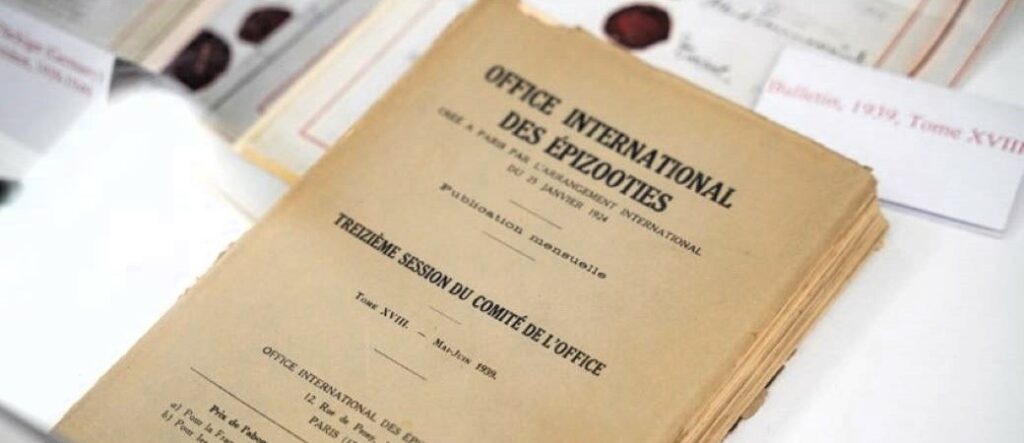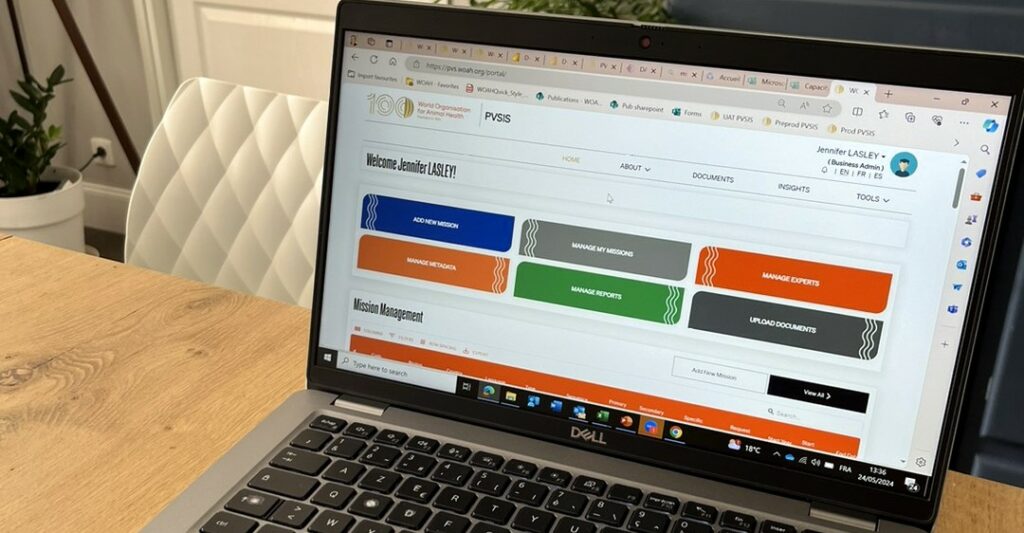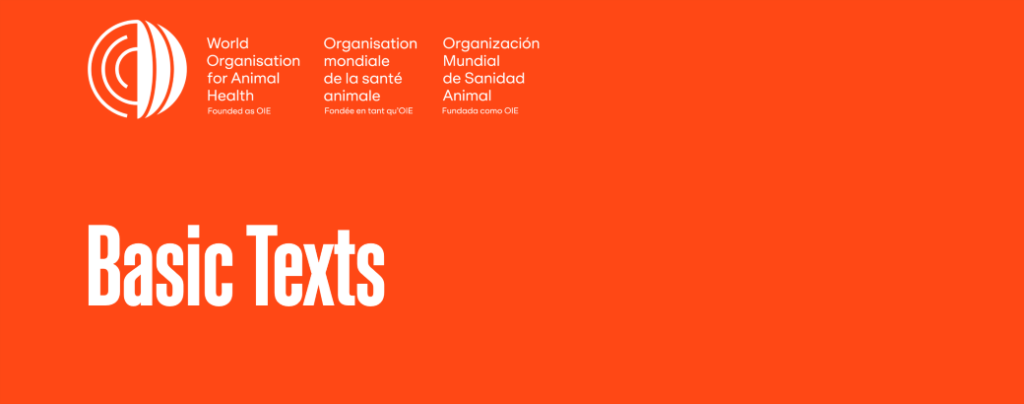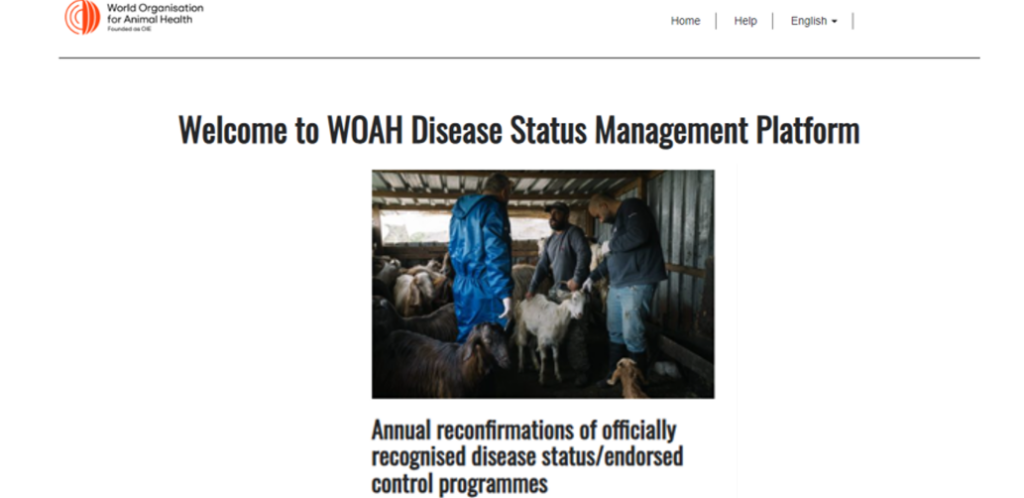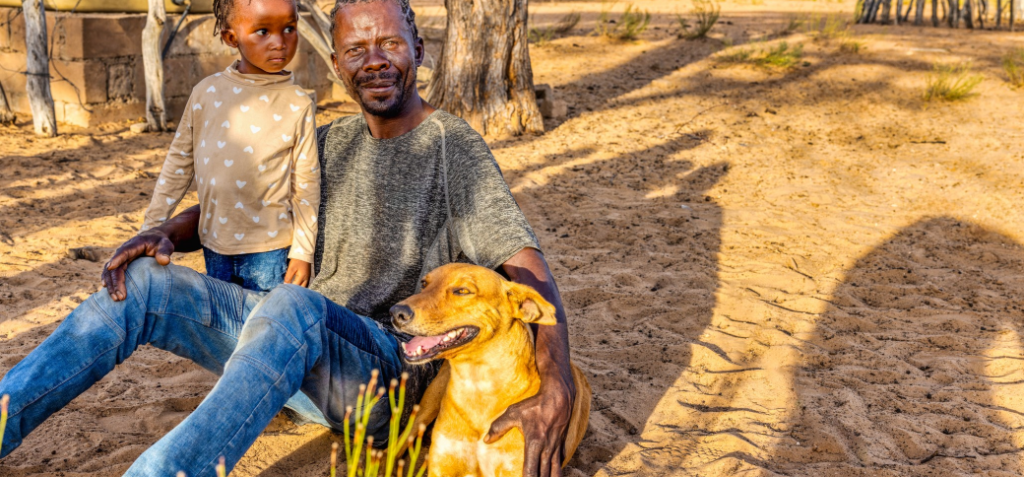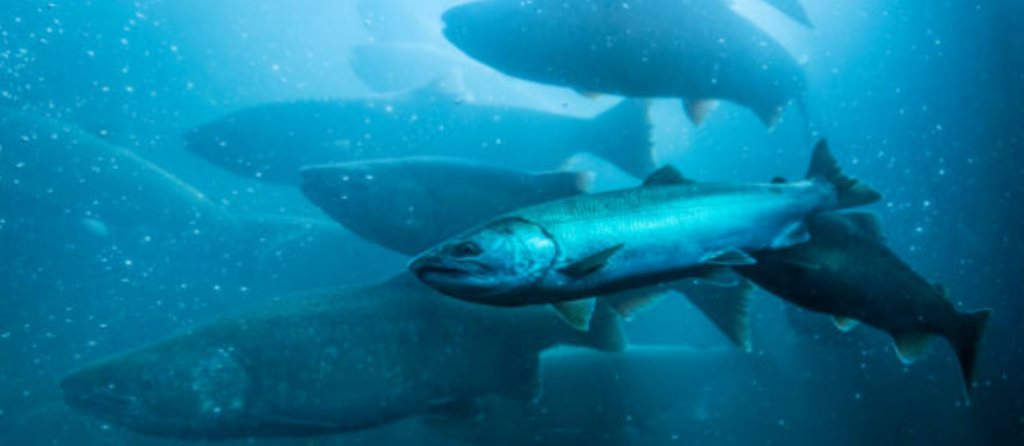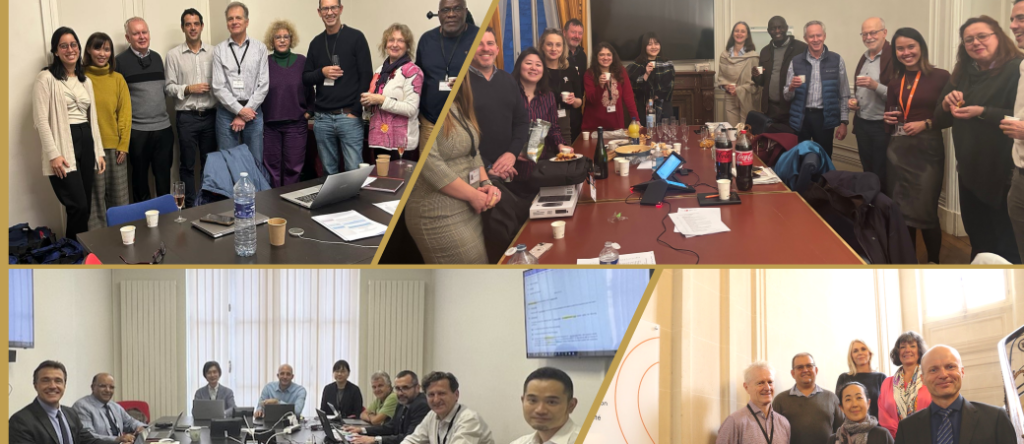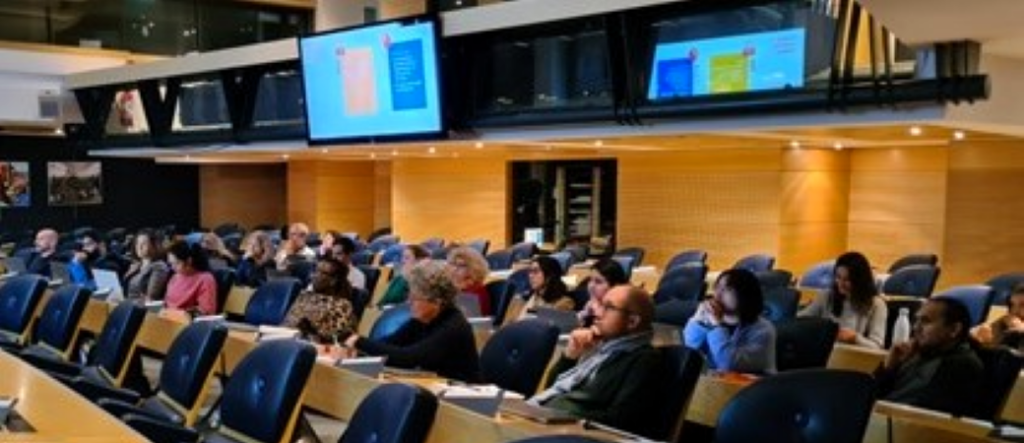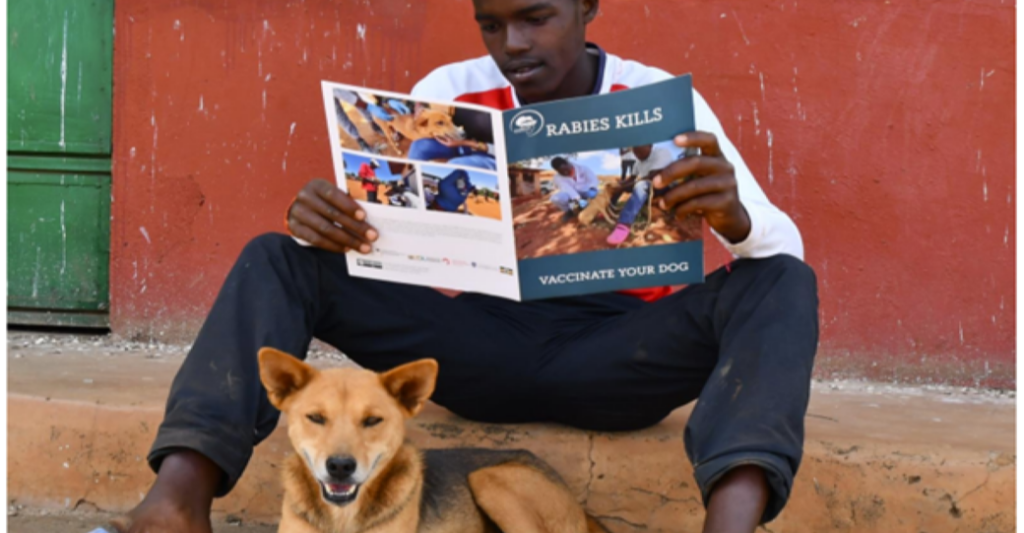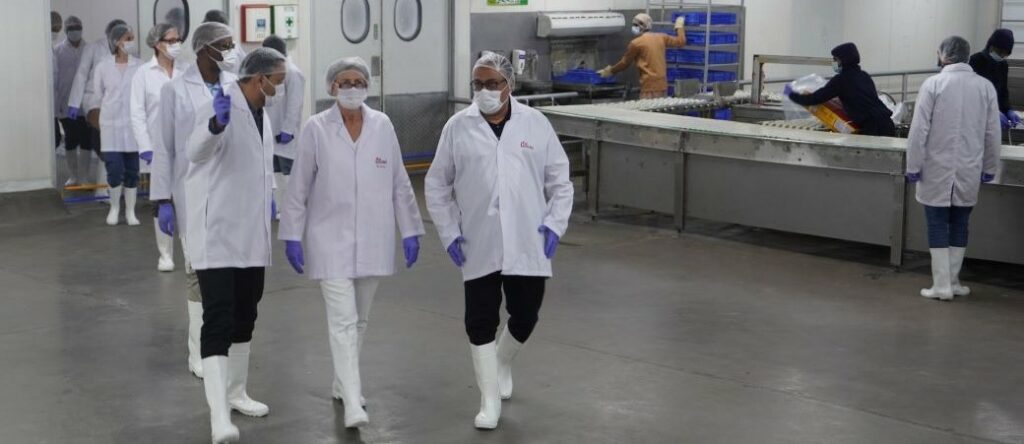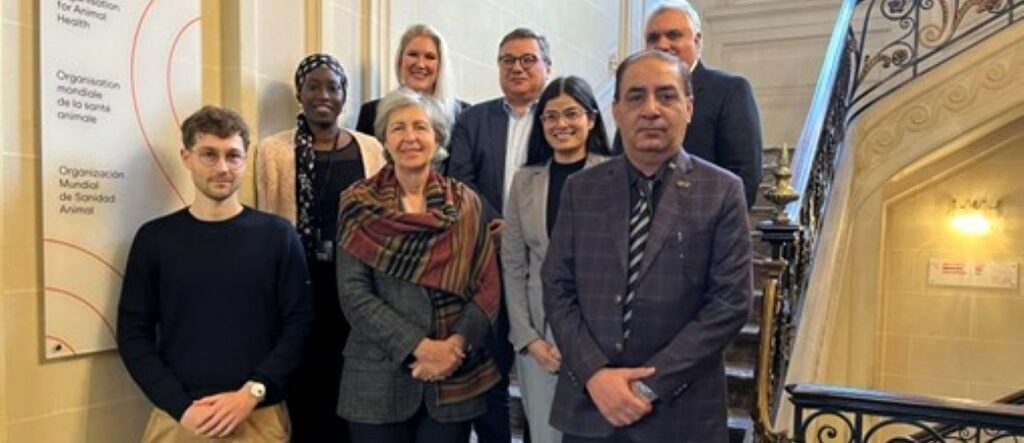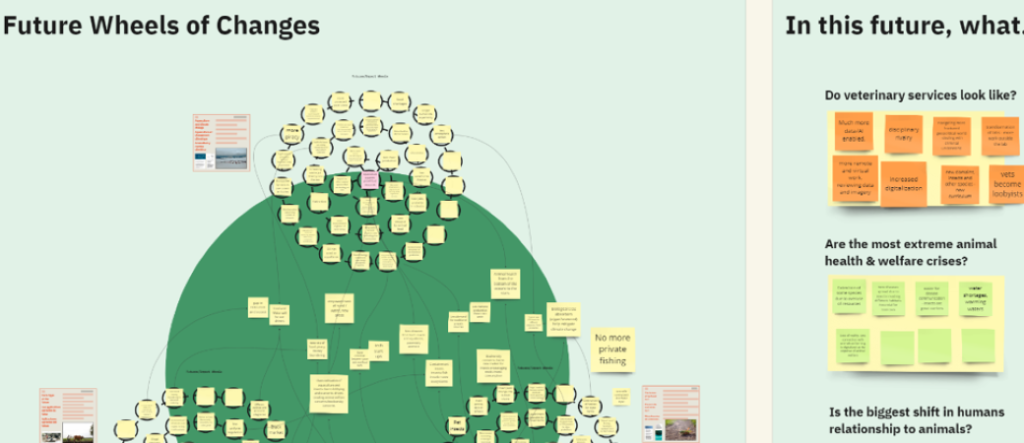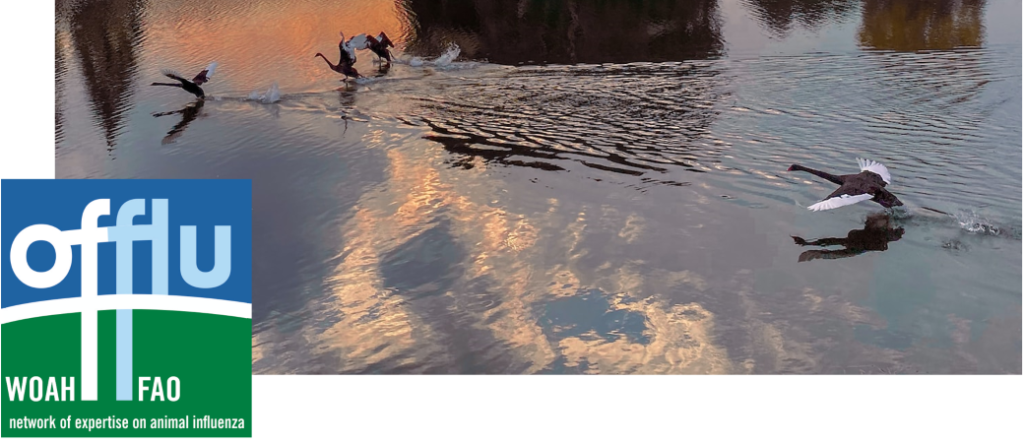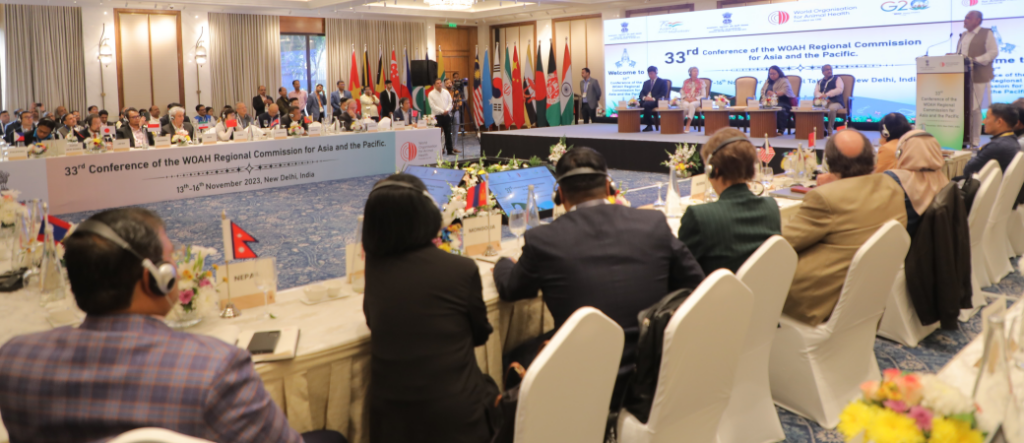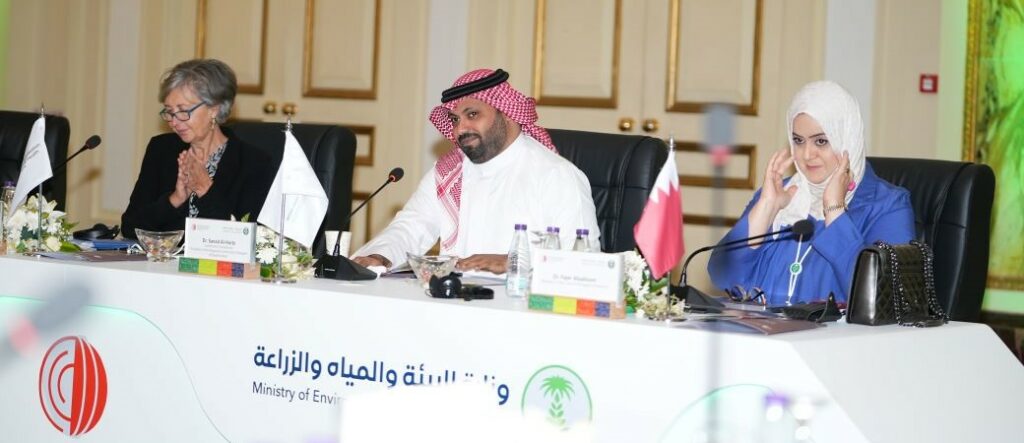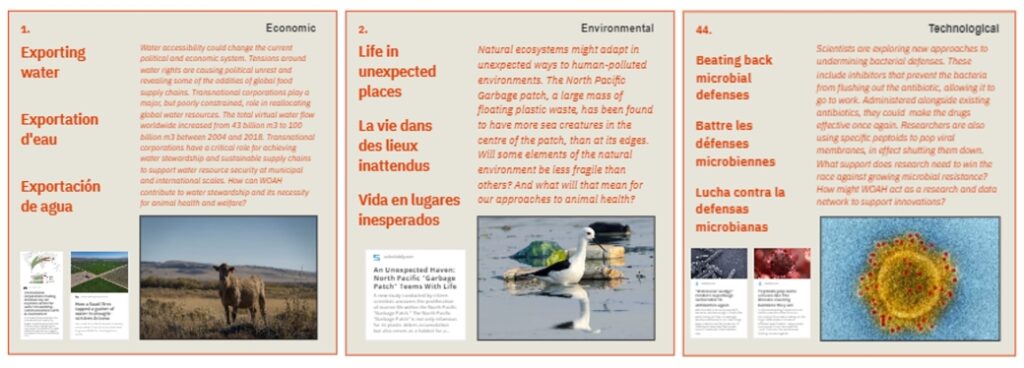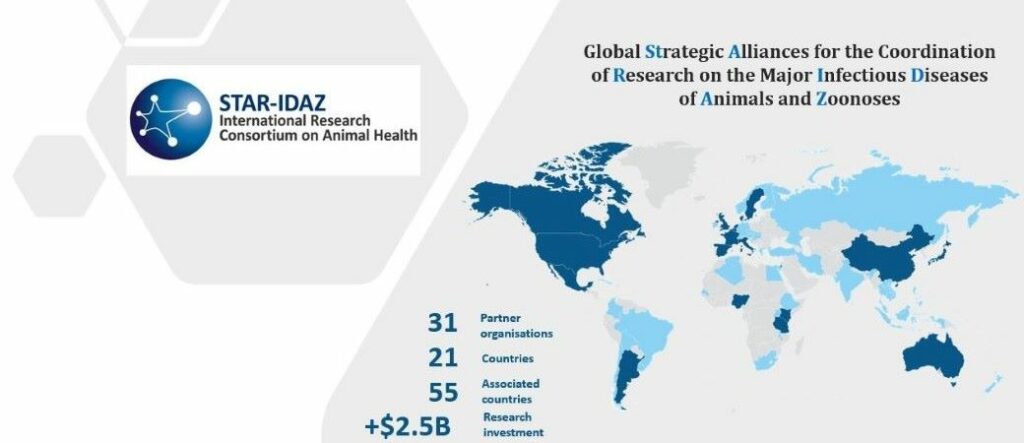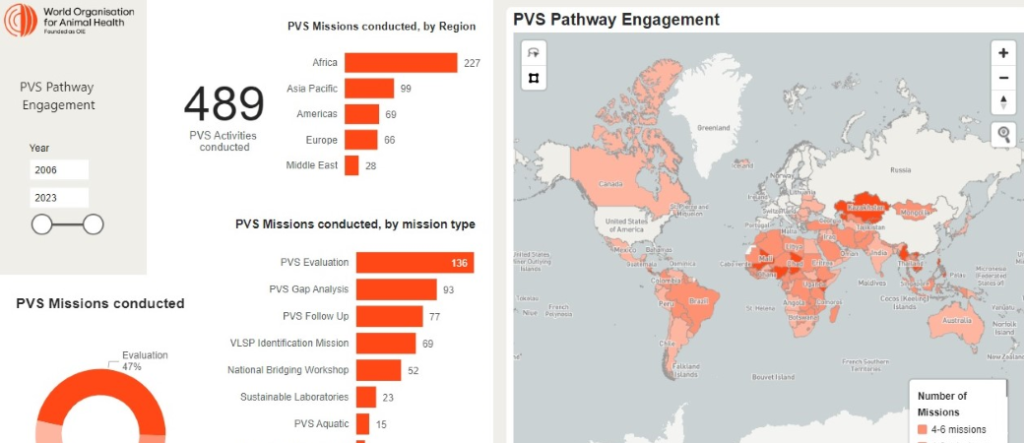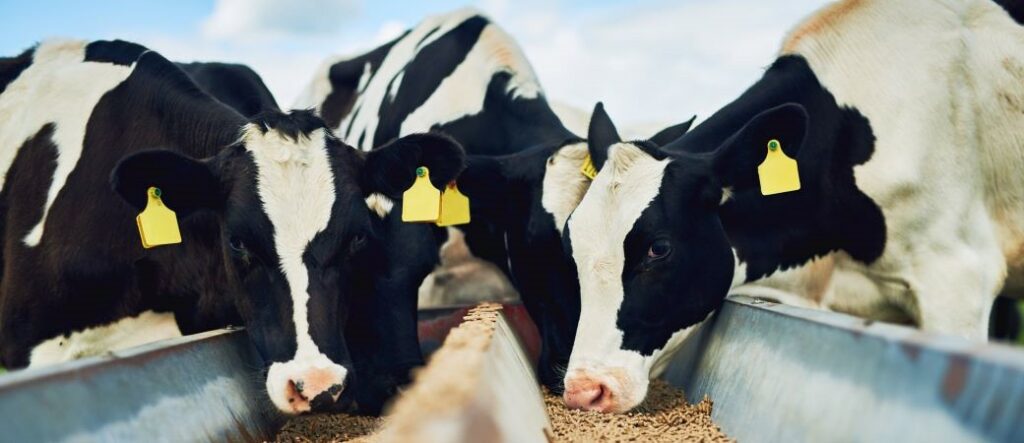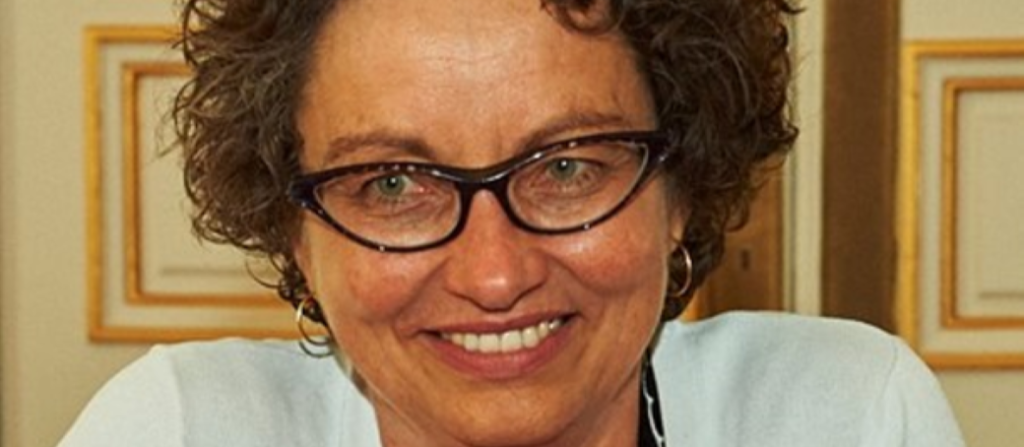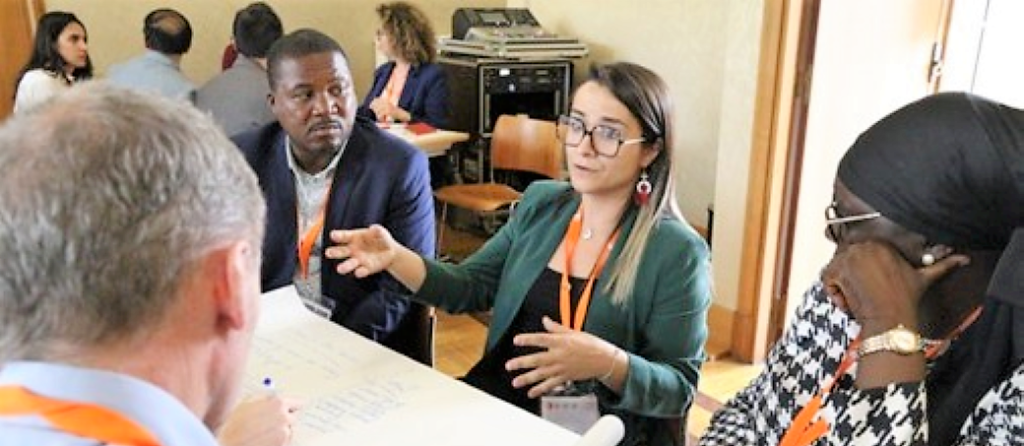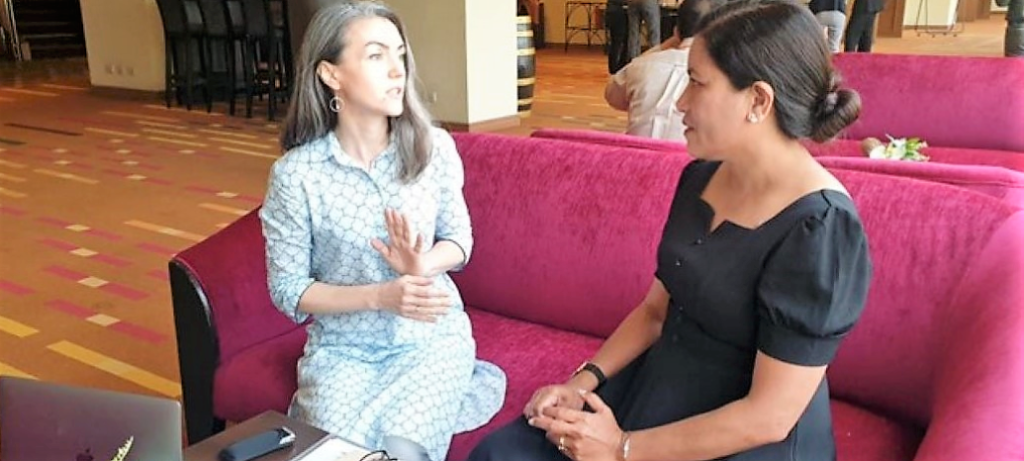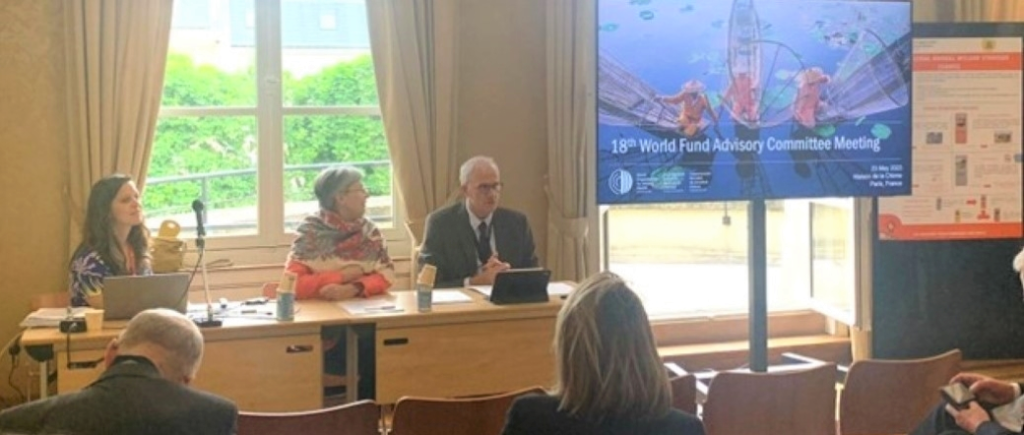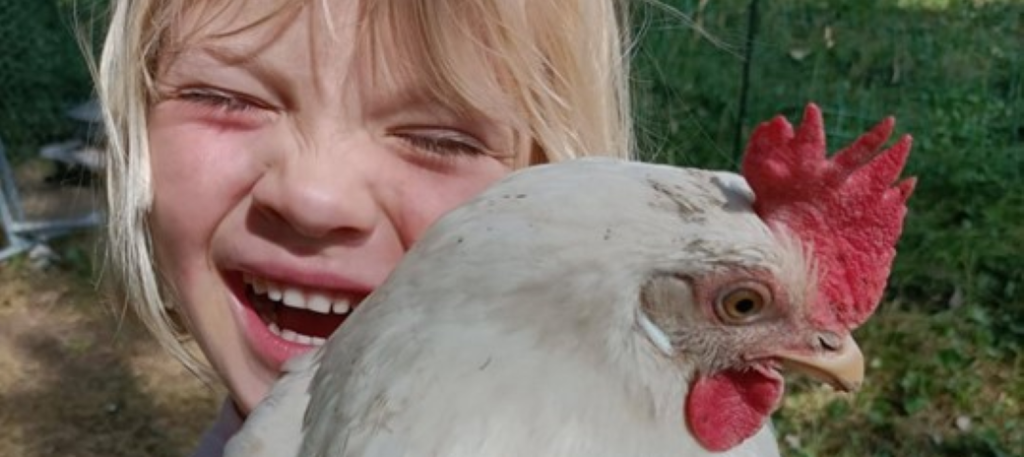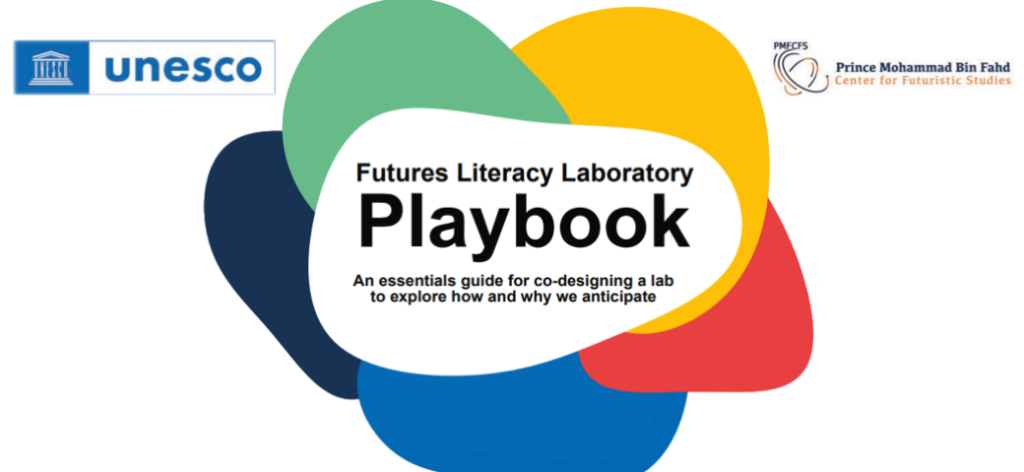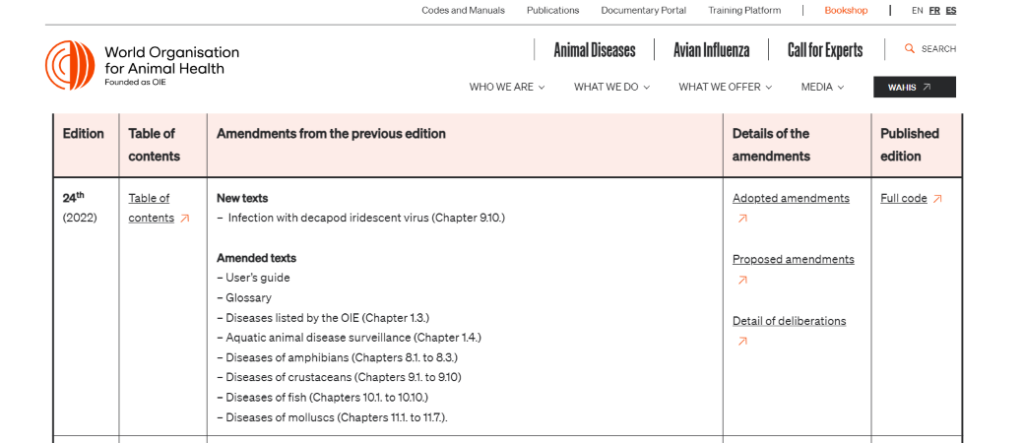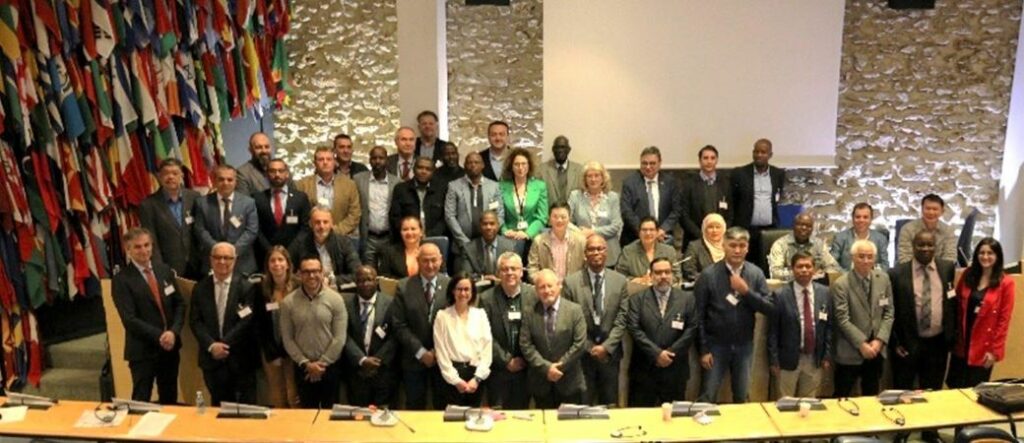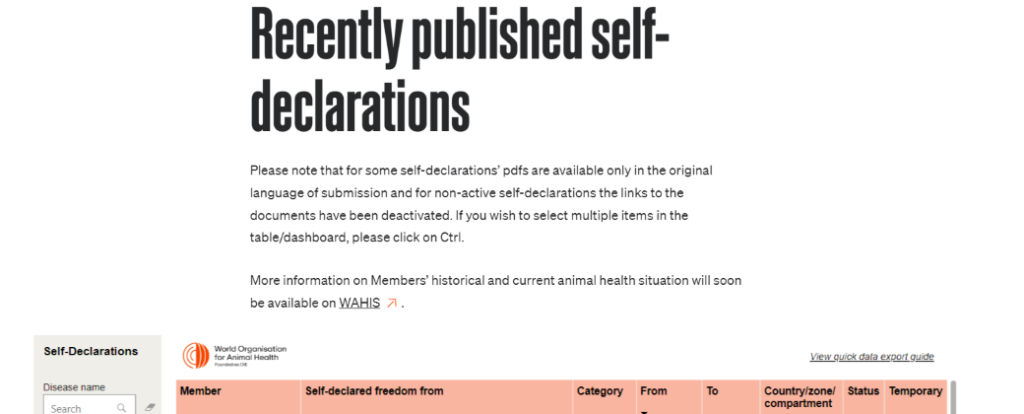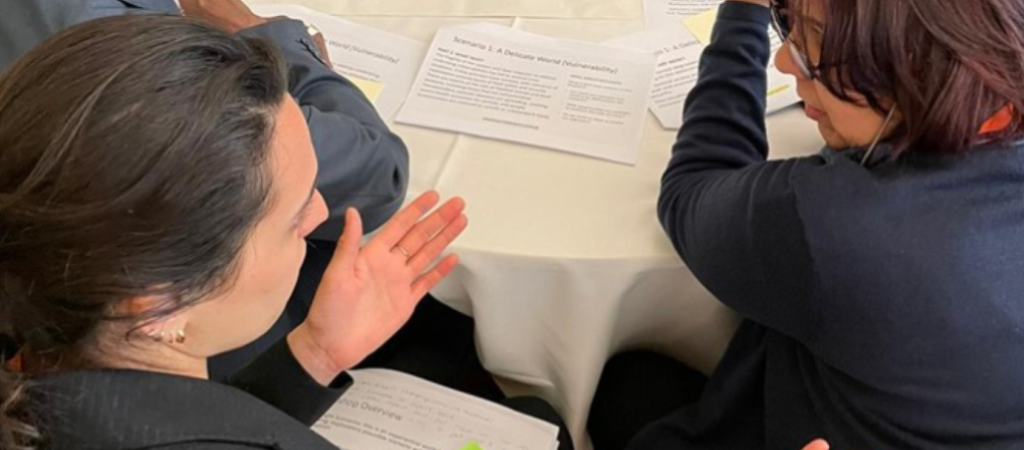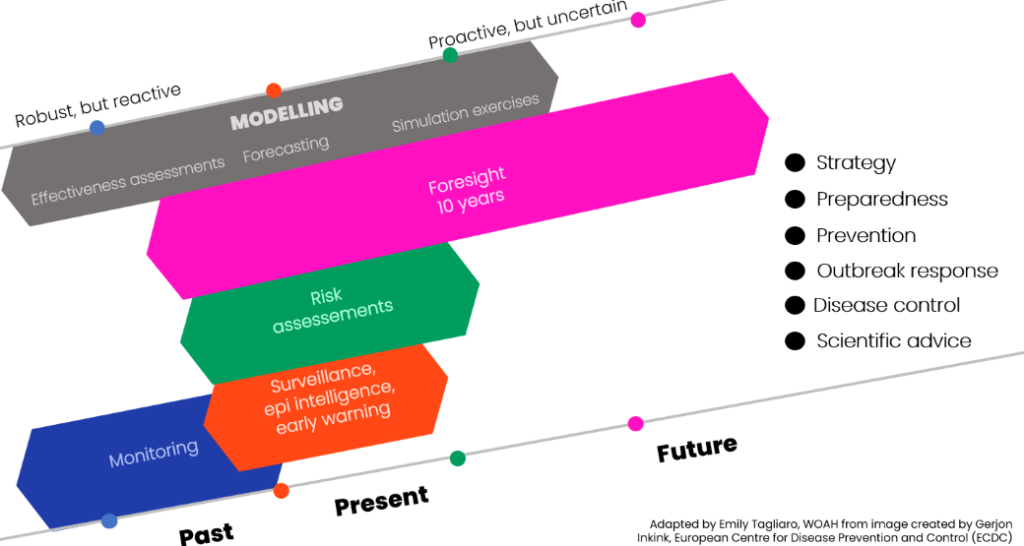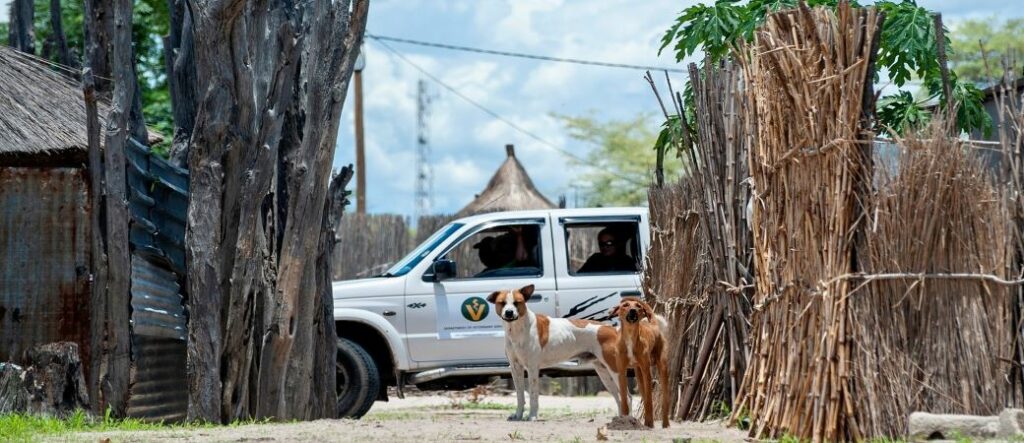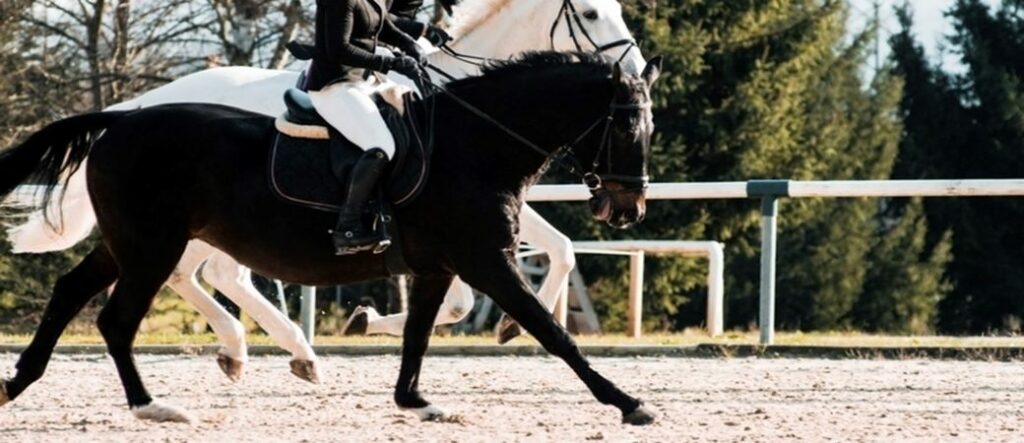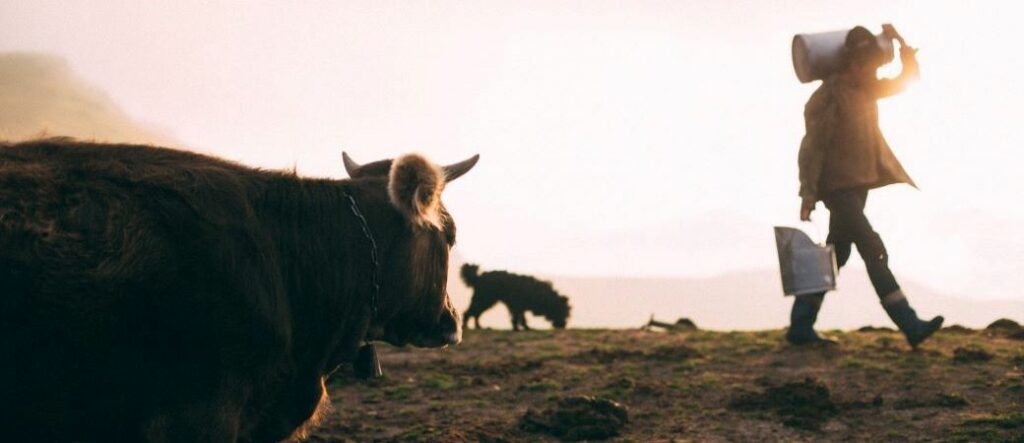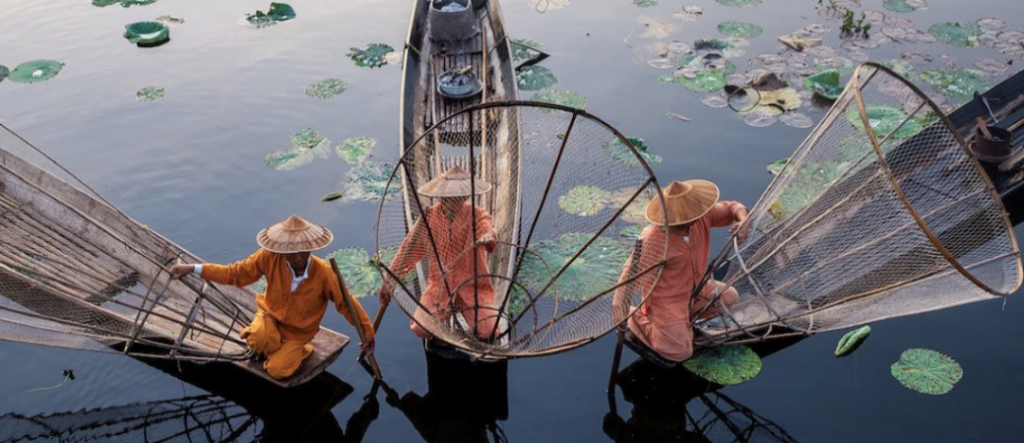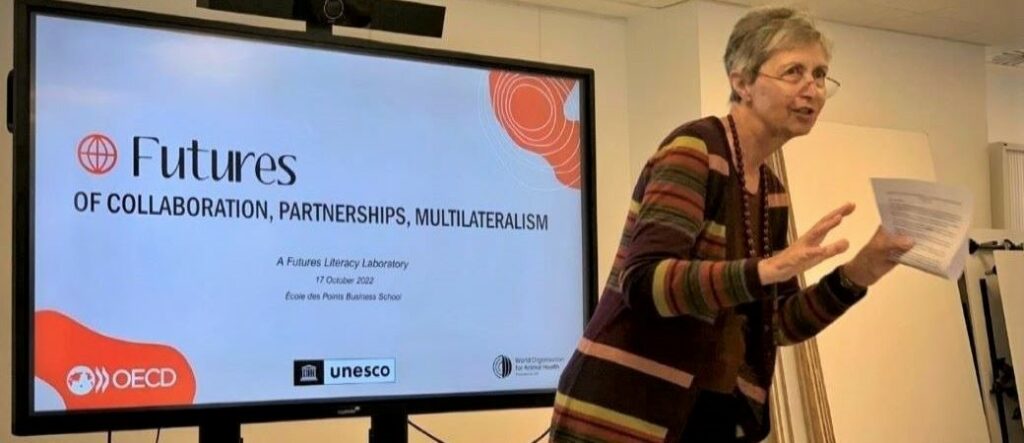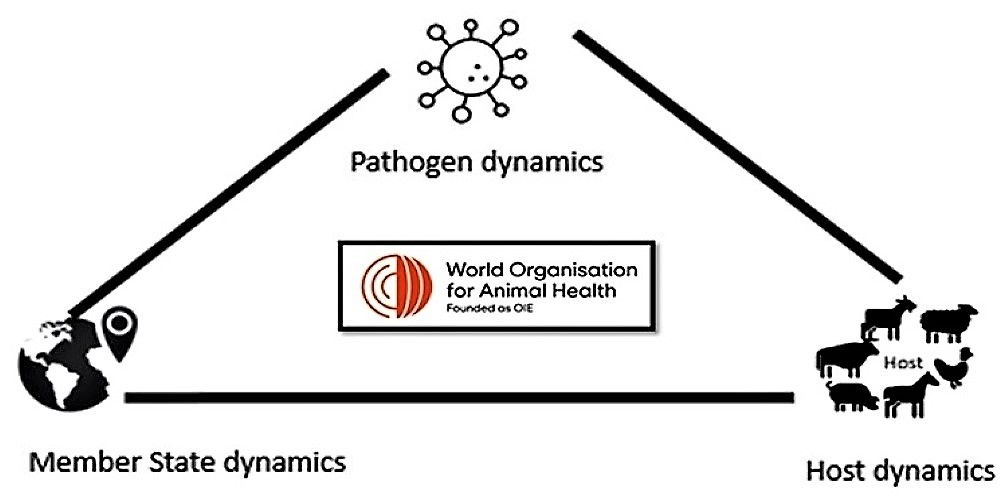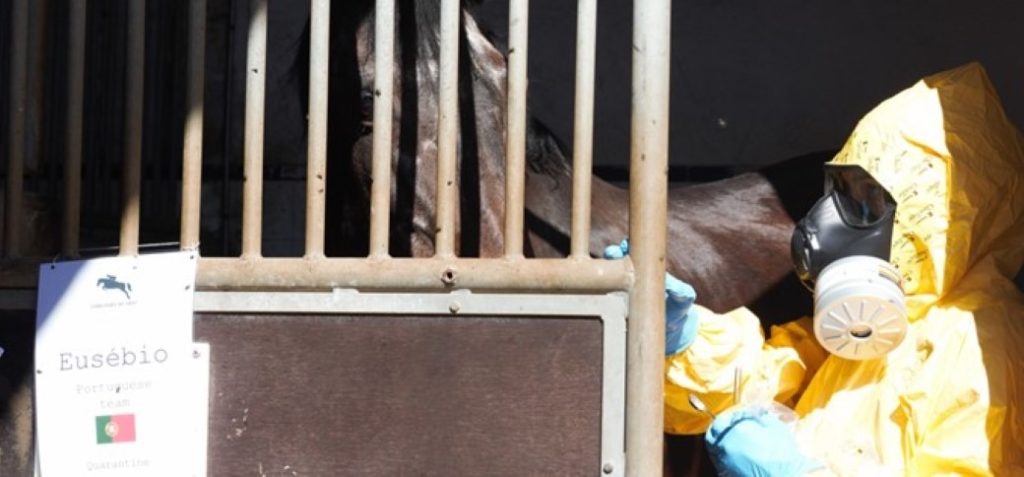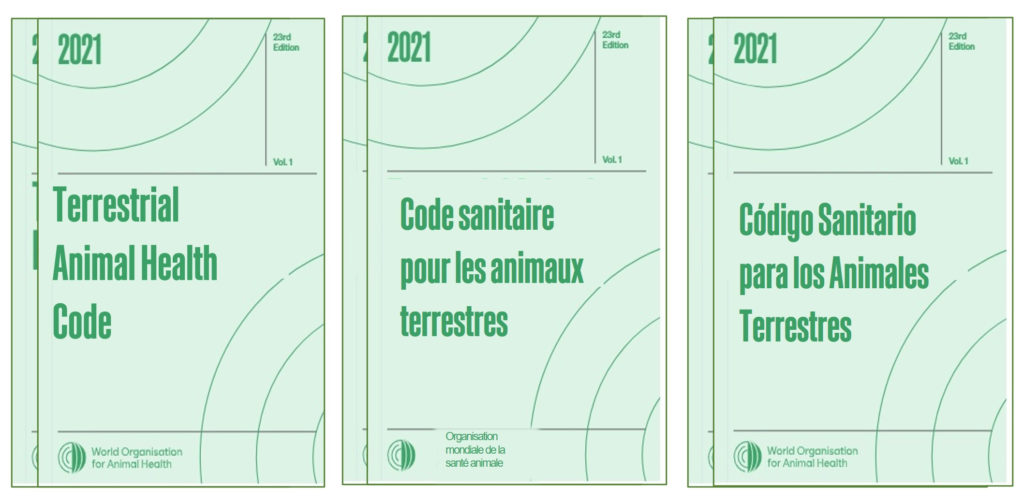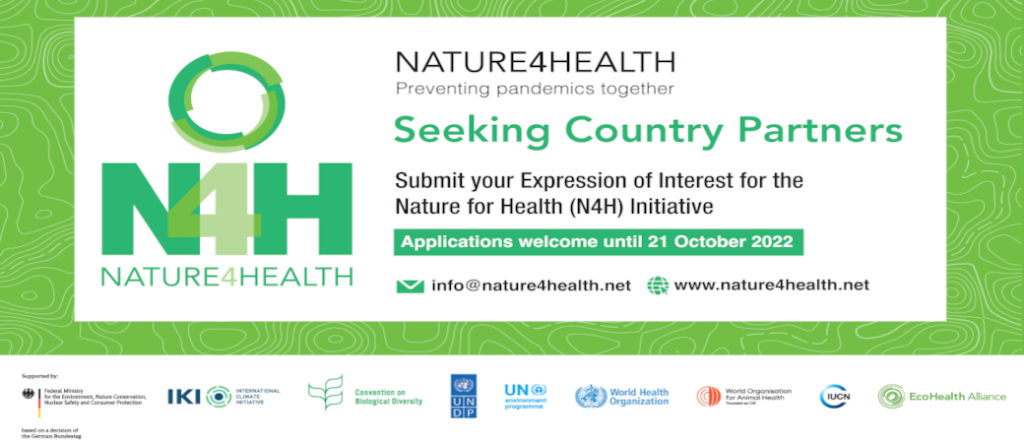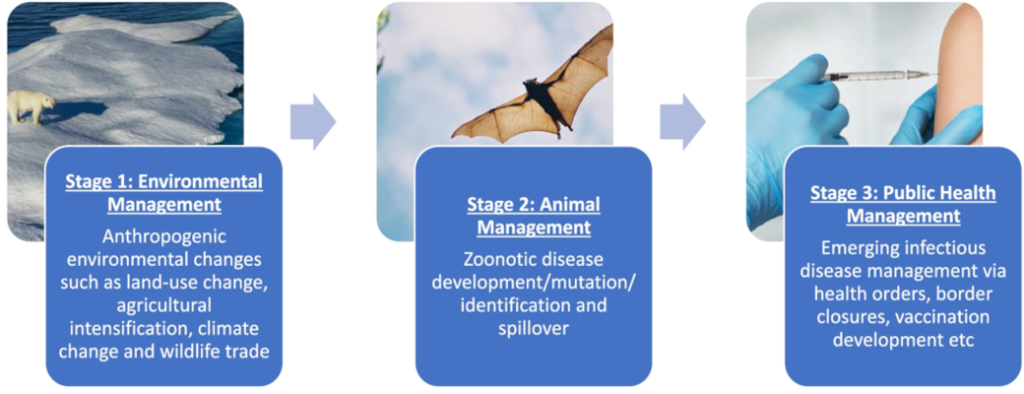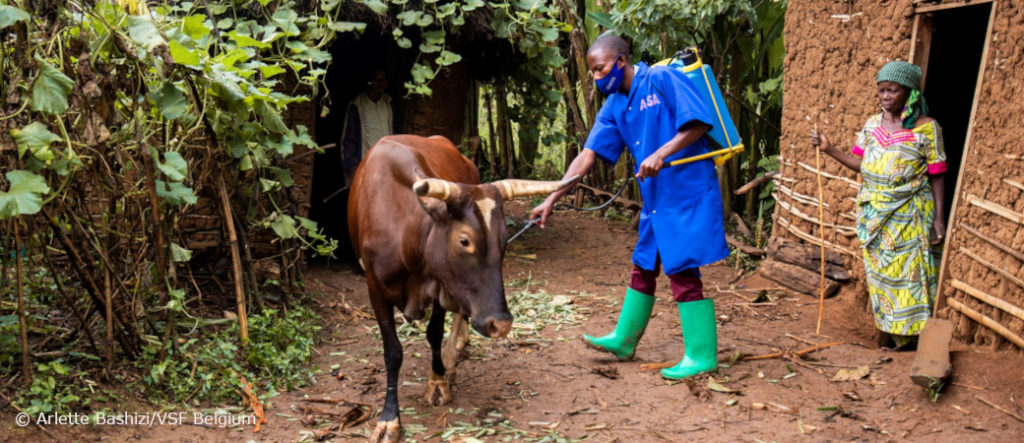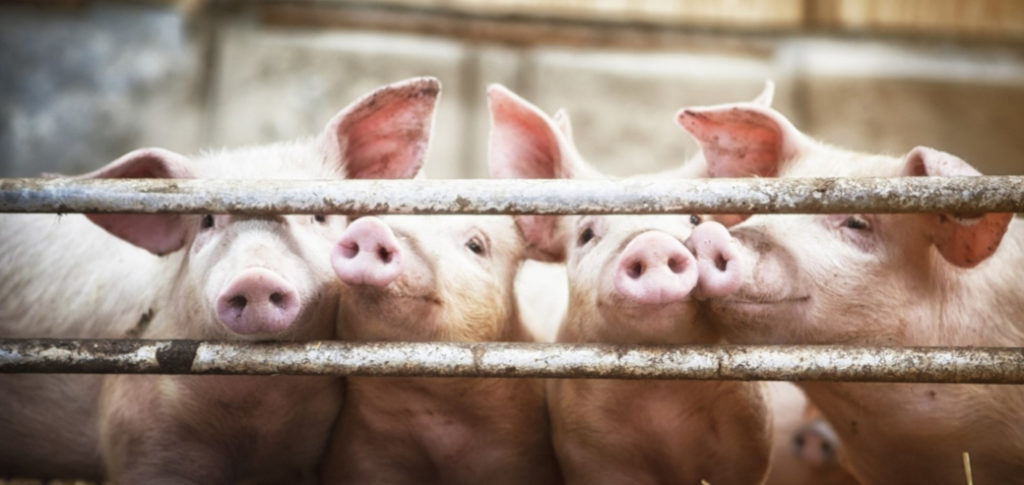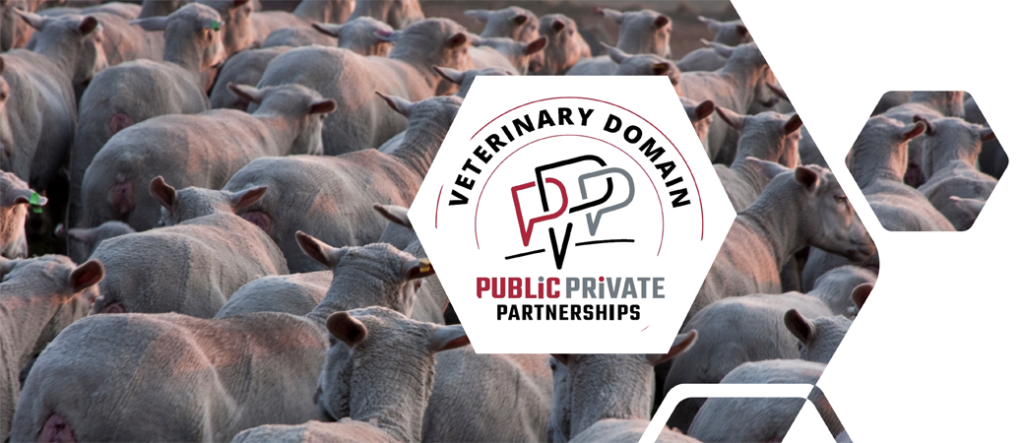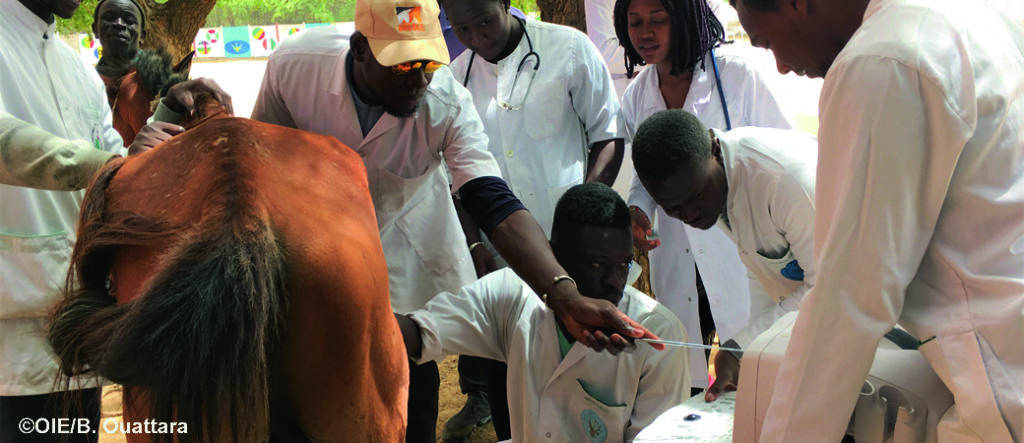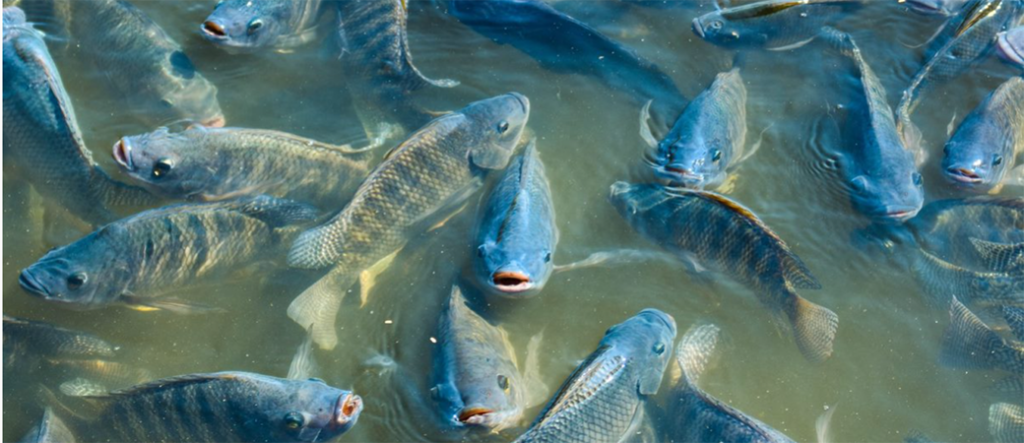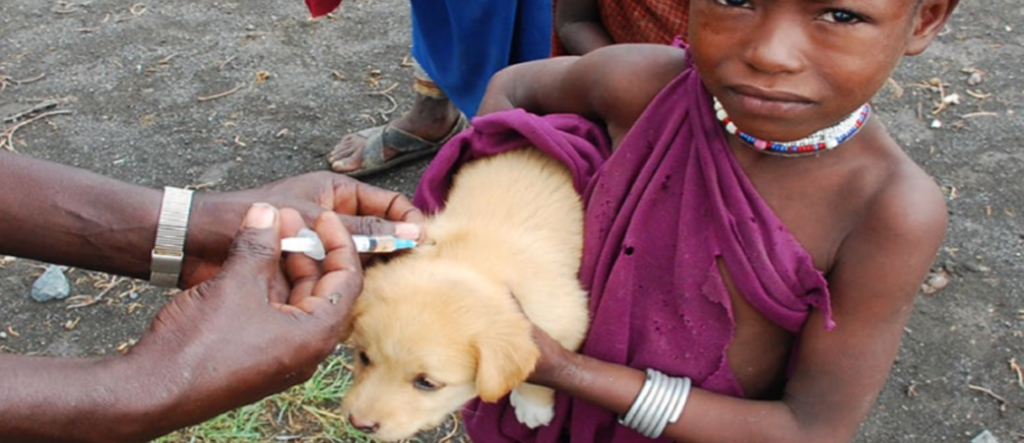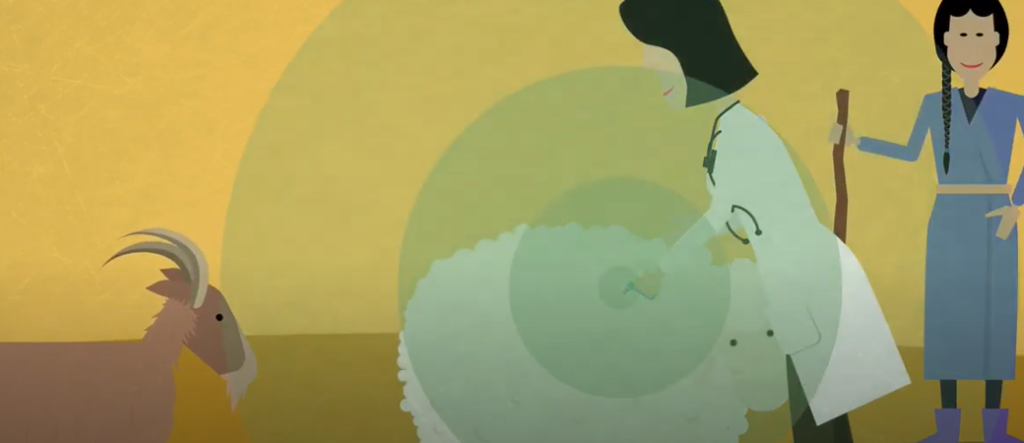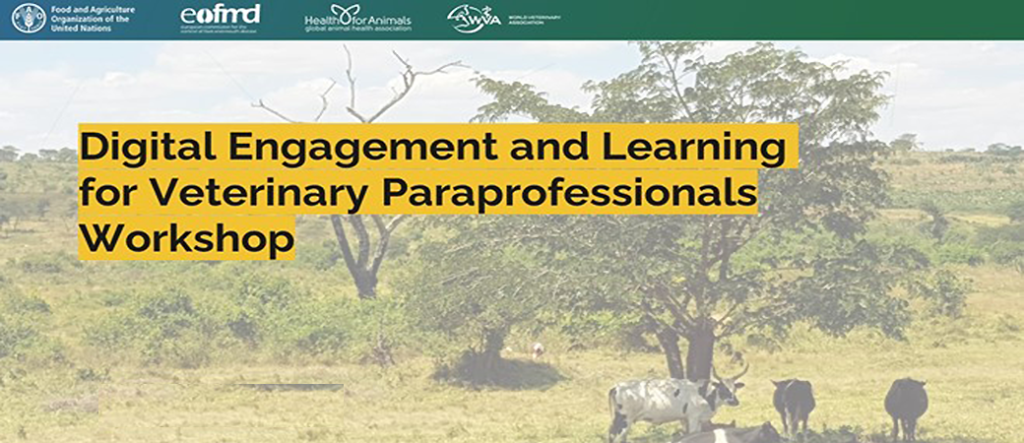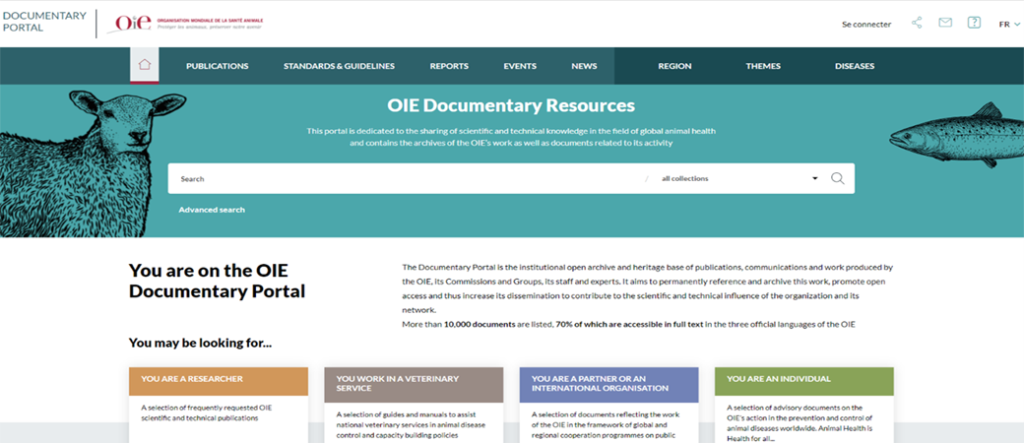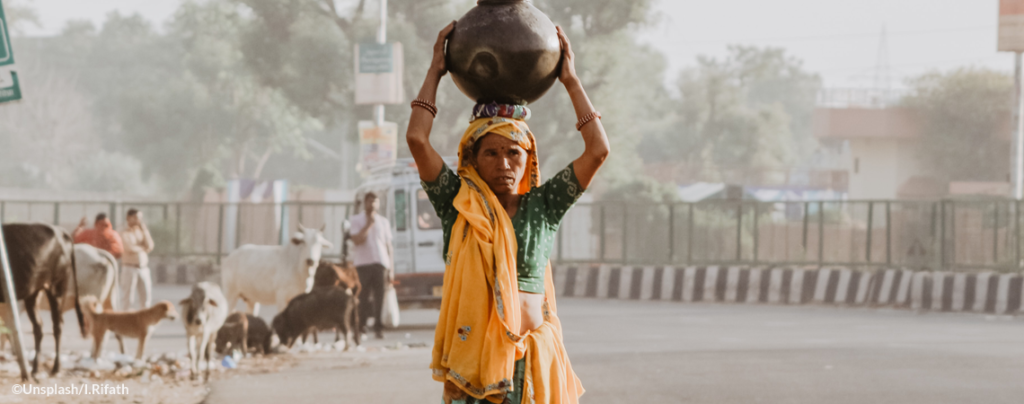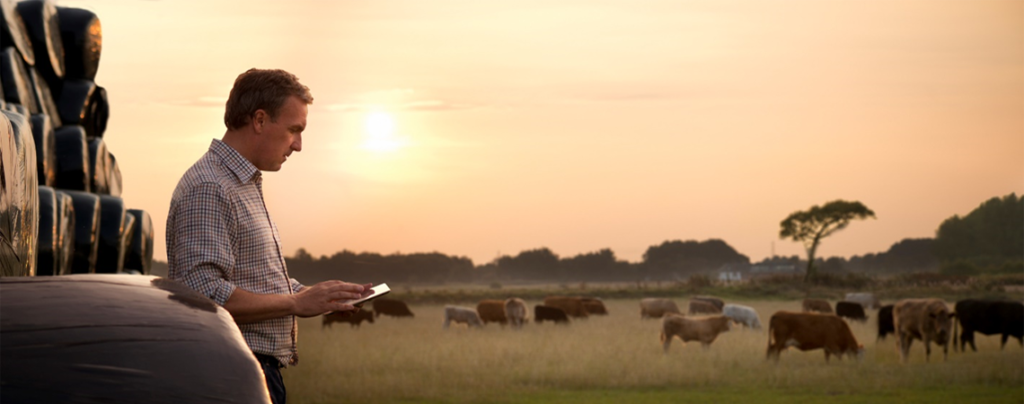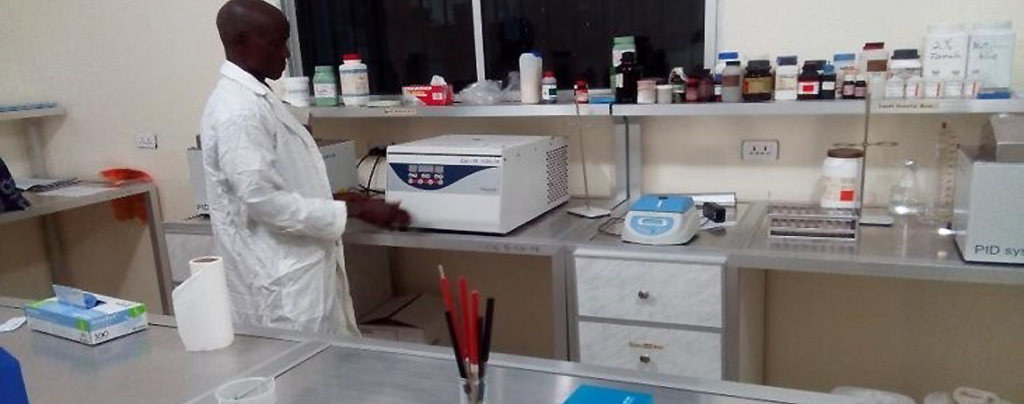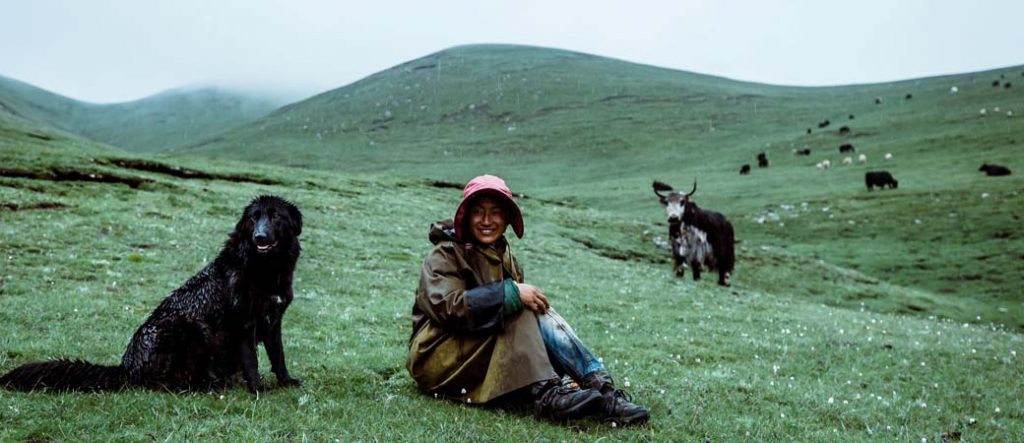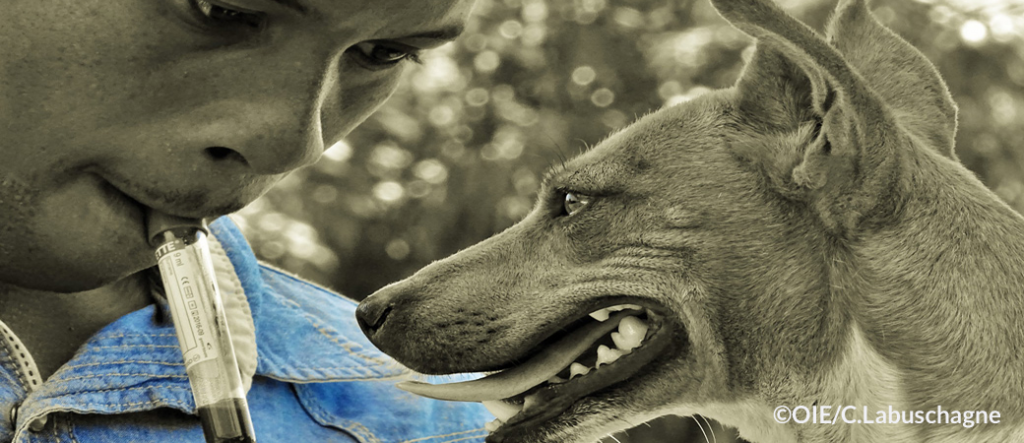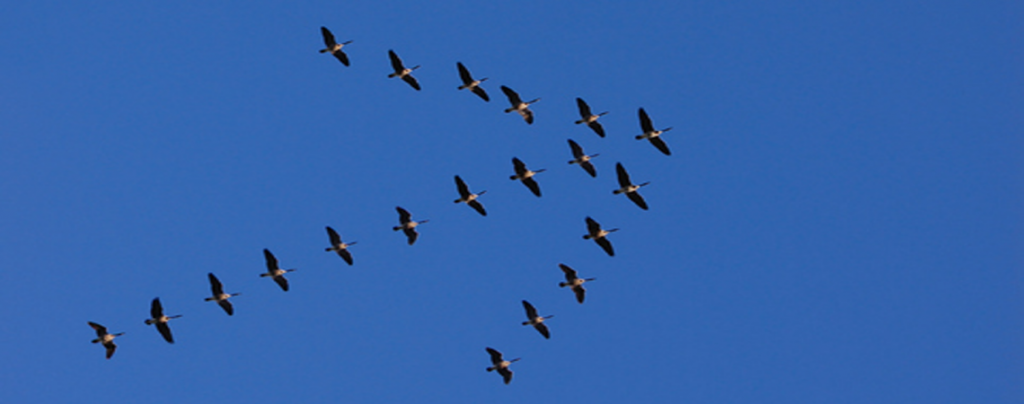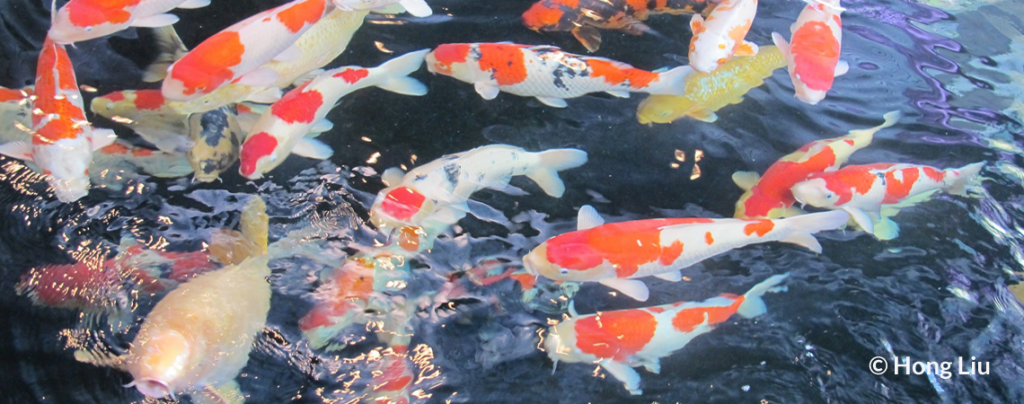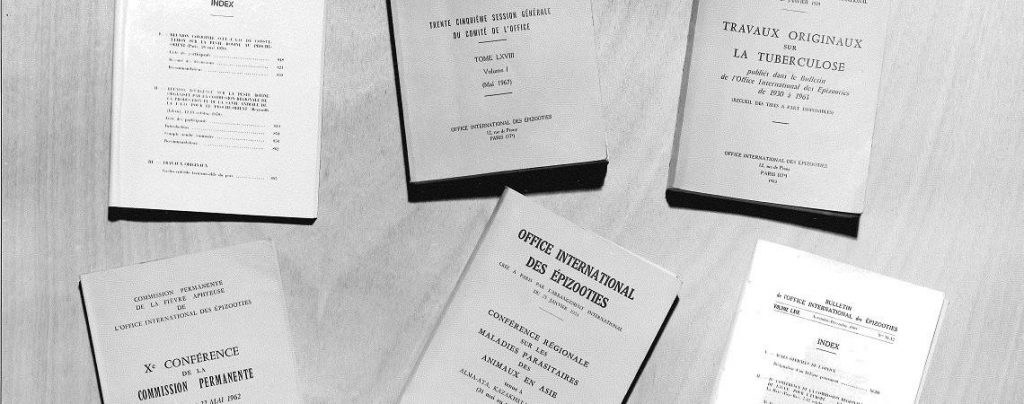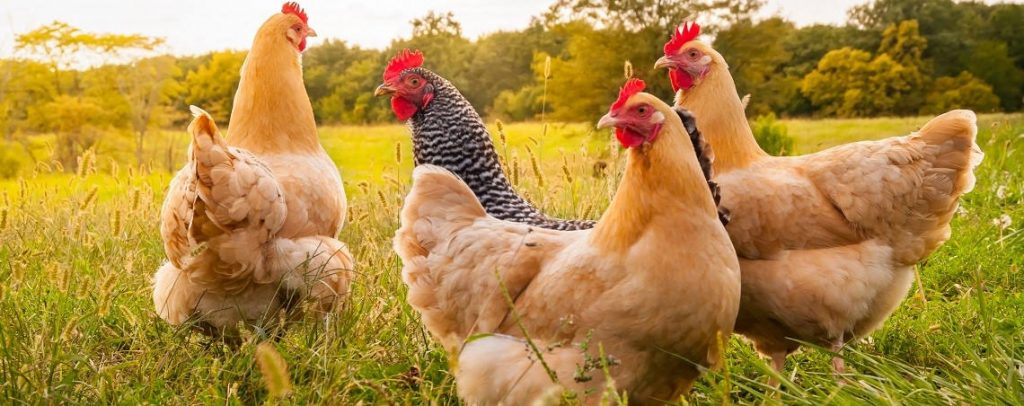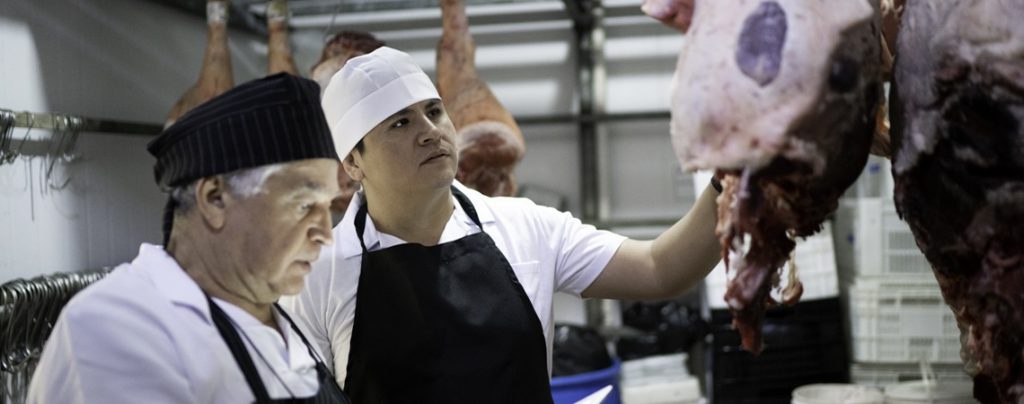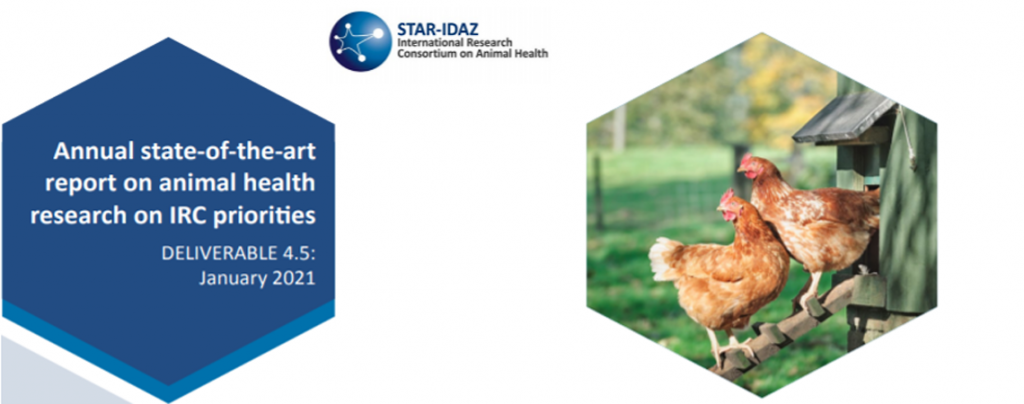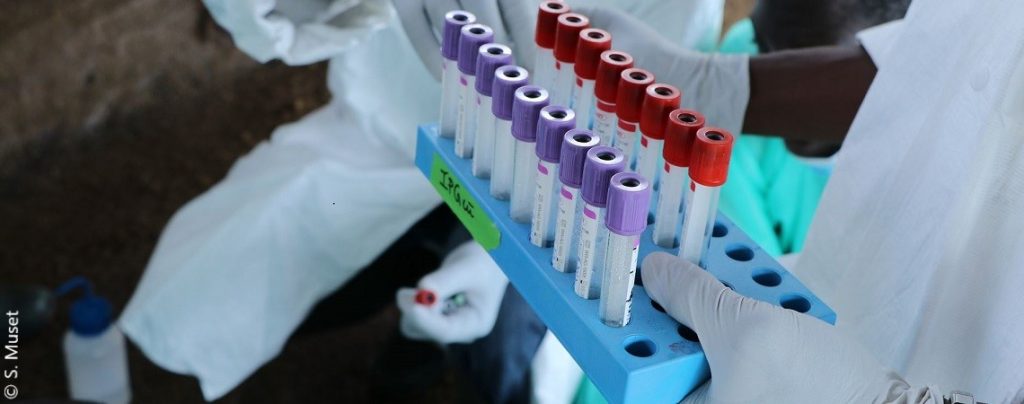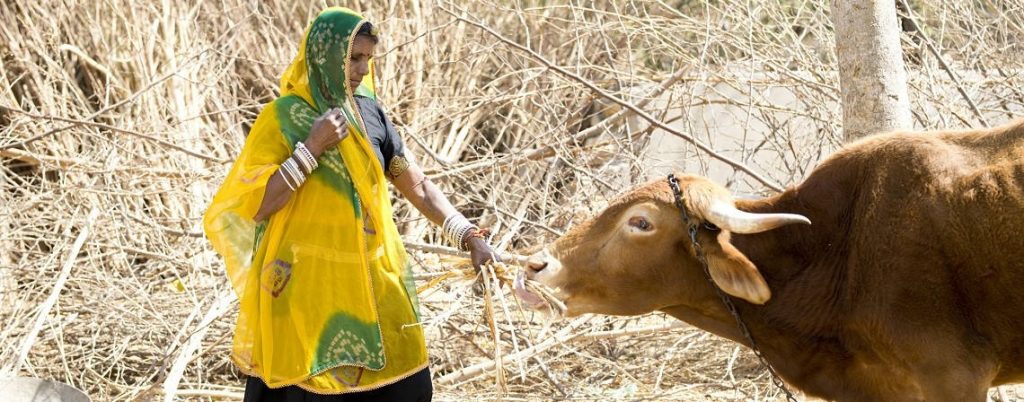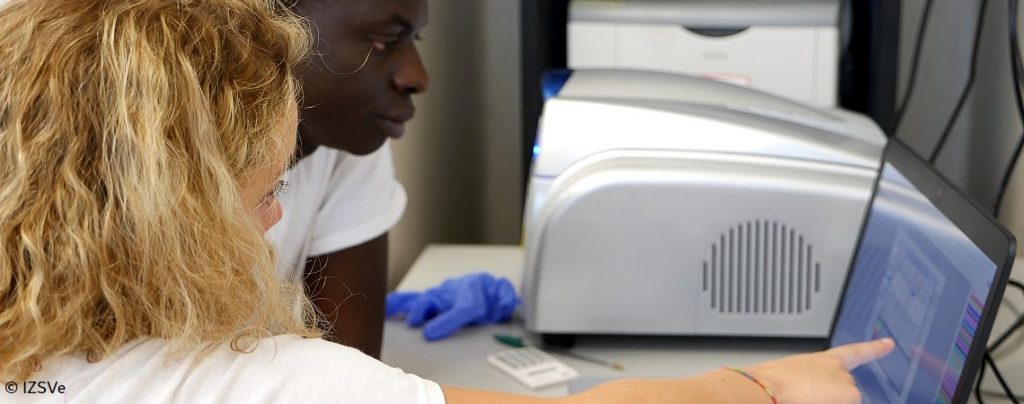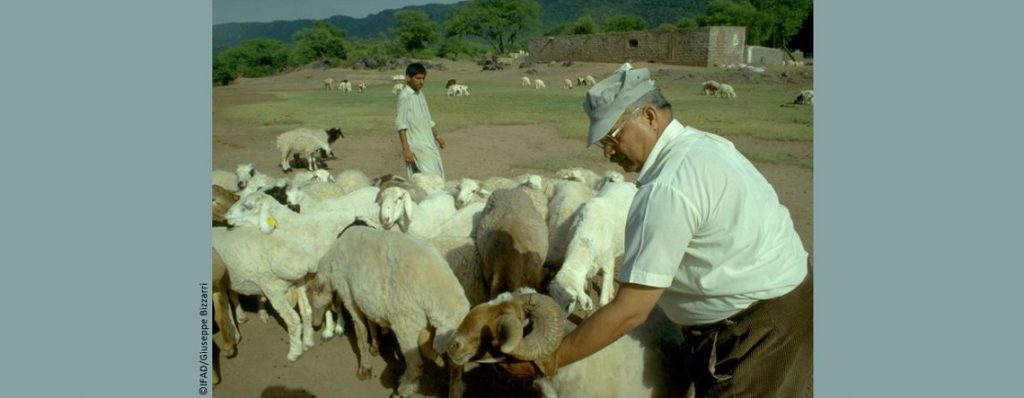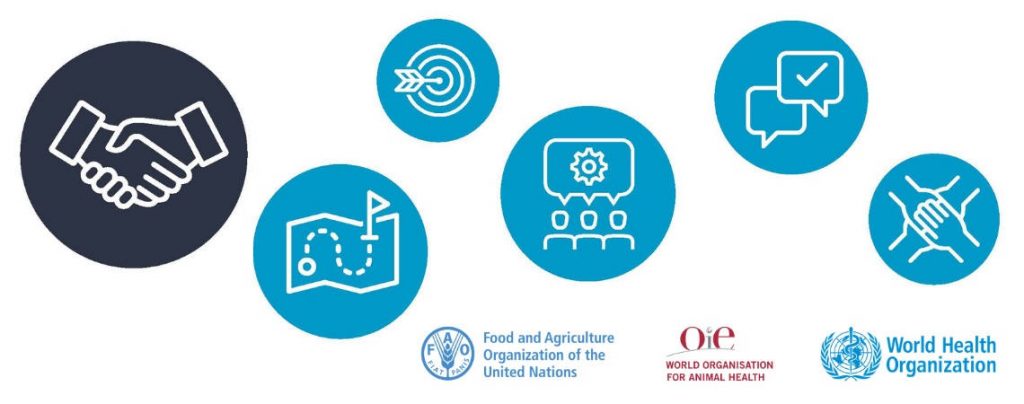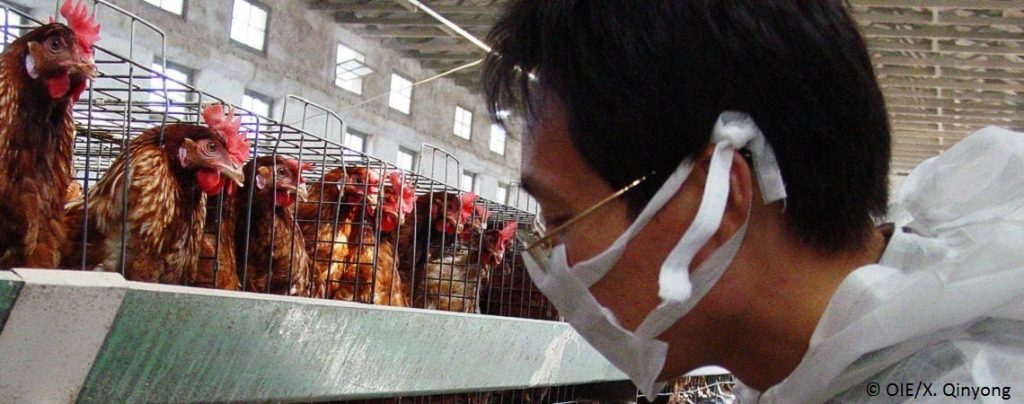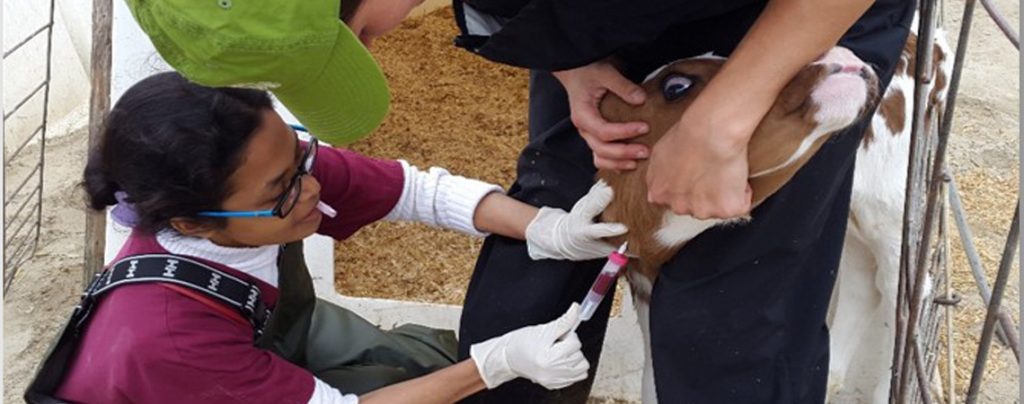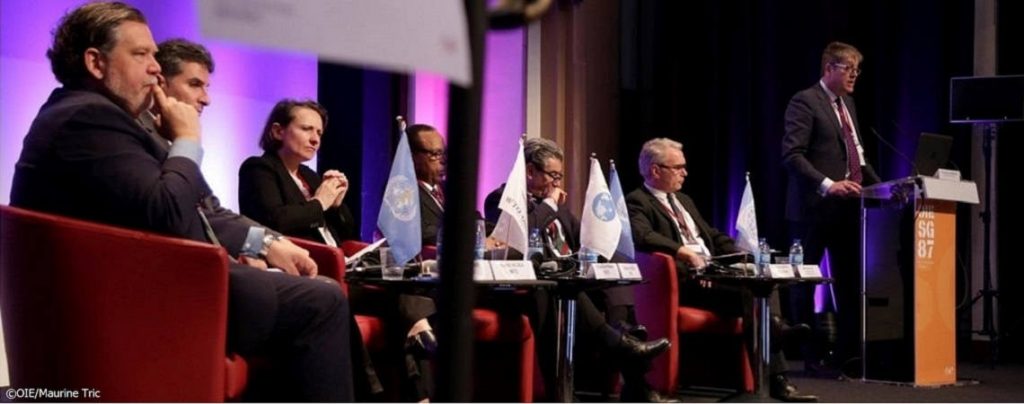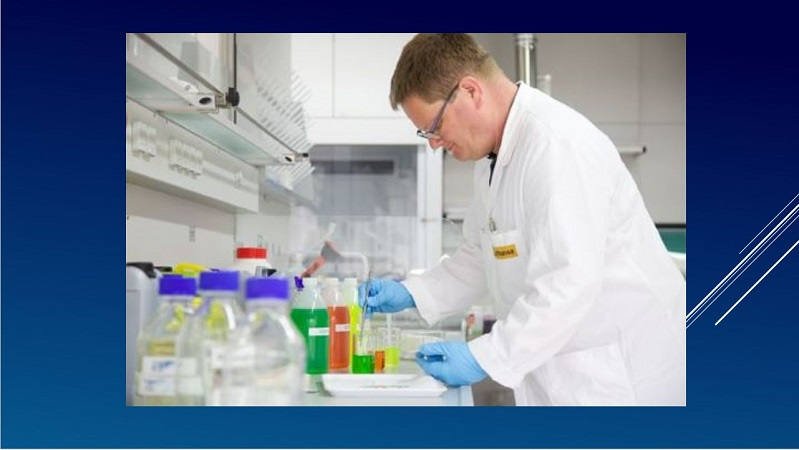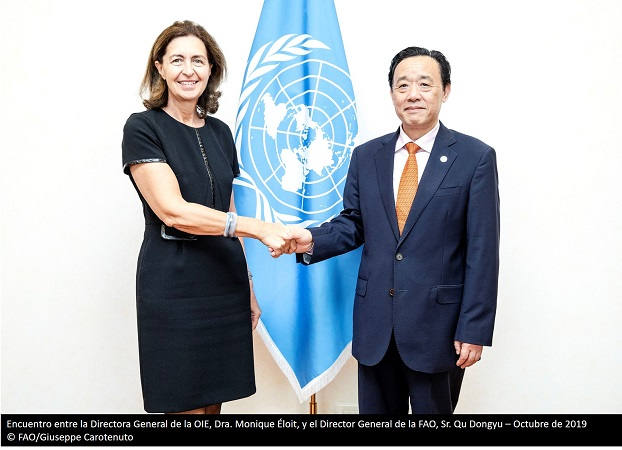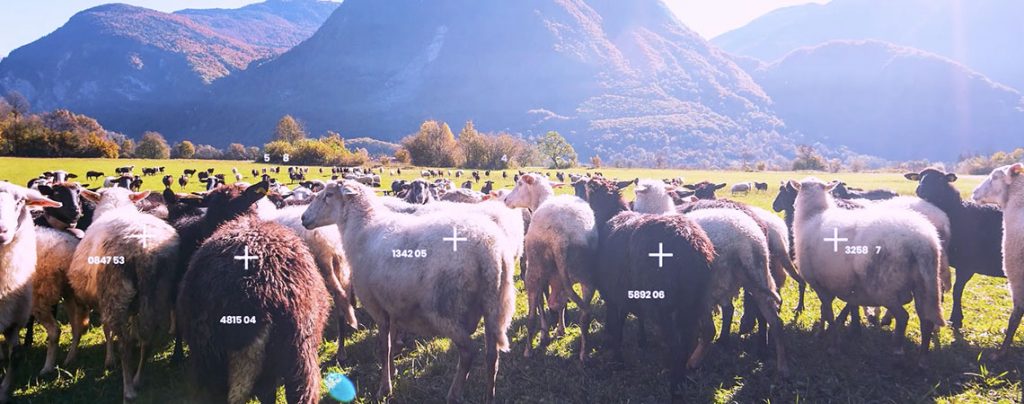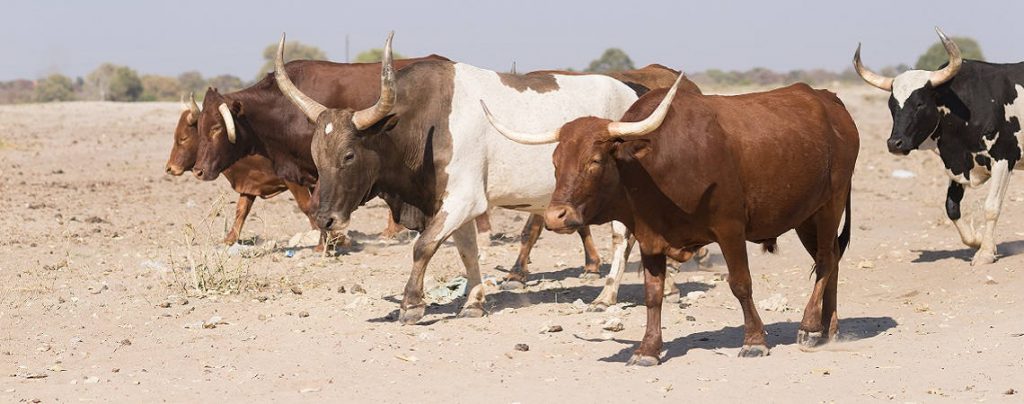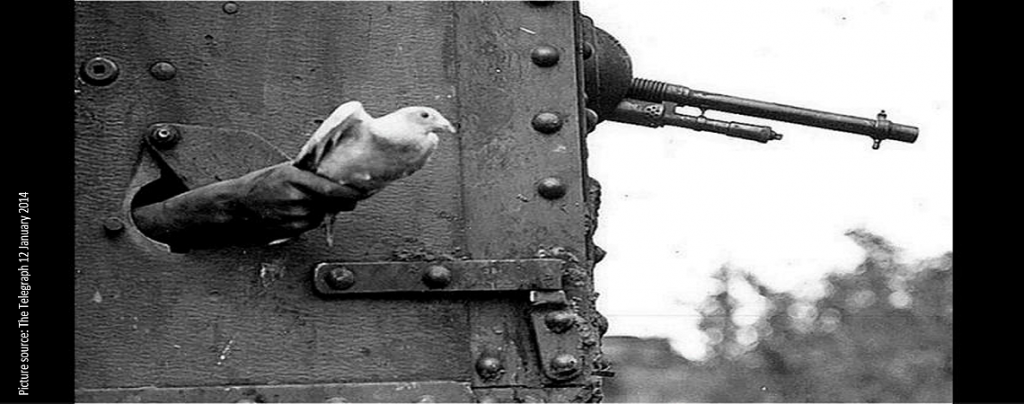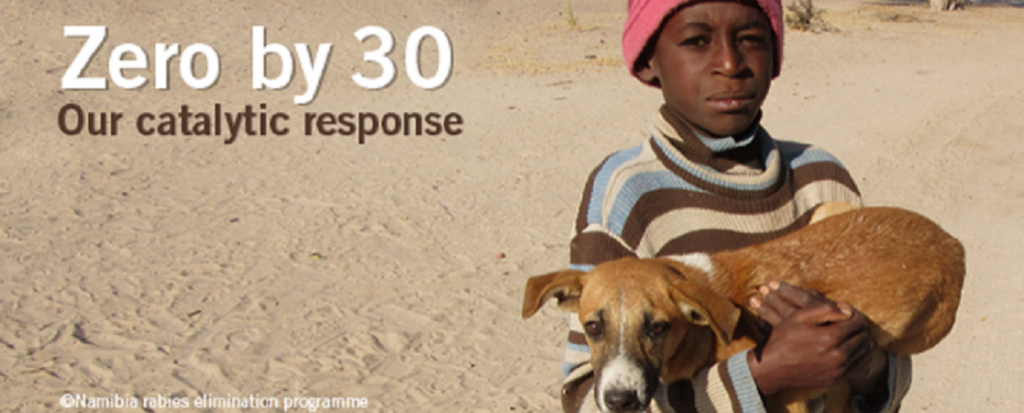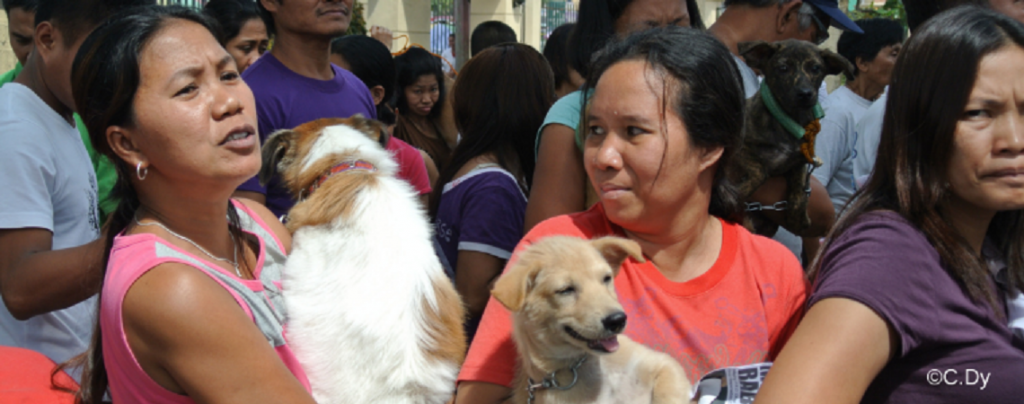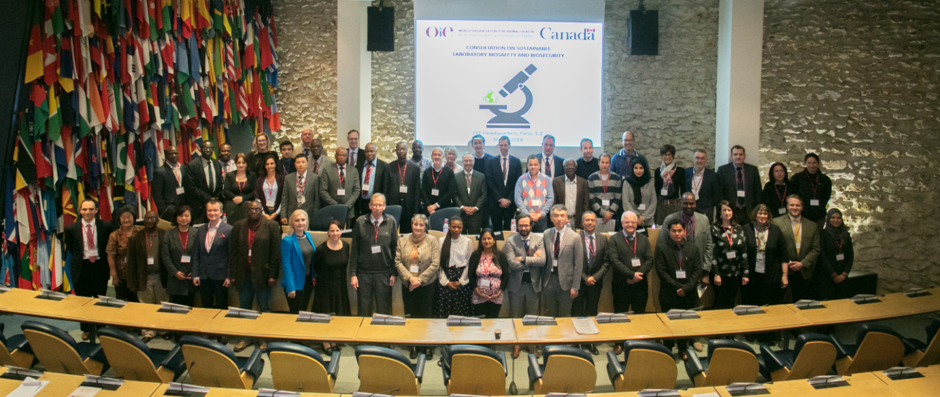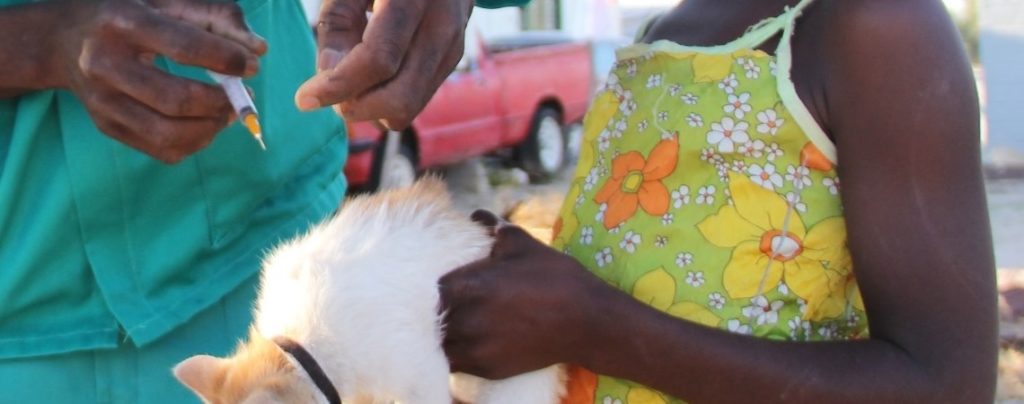INFORMACIÓN CONTINUA Publicado en 2021-02-23 12:17:23
News from the OIE Laboratory Twinning Programme
Palabras clave
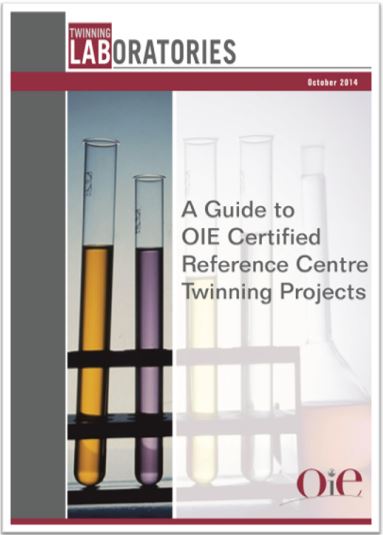 The World Organisation for Animal Health (OIE) Laboratory Twinning Programme was created in 2006 to promote an even global distribution of laboratory expertise in the domaine of animal health. The Programme supports the OIE’s strategy to improve global capacity for disease prevention, detection and control, through capacity building and networking. To date, 65 projects have been completed and 29 are under way.
The World Organisation for Animal Health (OIE) Laboratory Twinning Programme was created in 2006 to promote an even global distribution of laboratory expertise in the domaine of animal health. The Programme supports the OIE’s strategy to improve global capacity for disease prevention, detection and control, through capacity building and networking. To date, 65 projects have been completed and 29 are under way.
Although Laboratory Twinning projects have suffered the consequences of travel restrictions, many participating institutes did not let 2020 impede their work plans. Twinning participants found creative ways to stay in contact during the pandemic and the Programme has remained dynamic, with three projects completed at the end of 2020, and seven projects starting in 2021.
Projects completed at the end of 2020
Italy and Nigeria for avian influenza
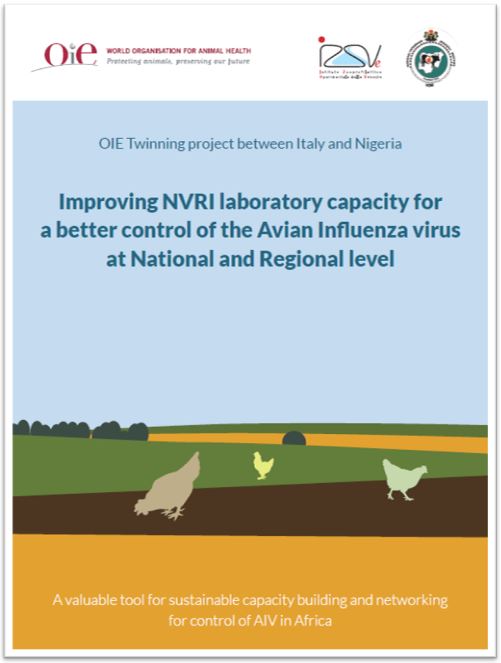 The Istituto Zooprofilatico Sperimentale delle Venezie (IZSVe) and the National Veterinary Research Institute (NVRI) in Vom implemented this project between 2017 and 2020. This twinning was supported by the Government of Canada. The project was focused on improving the technical capacity of the NVRI so that it could become a reliable avian influenza diagnostic hotspot in the West African region. Thanks to capacity-building activities, not only was the ability to identify avian influenza (AI) viruses greatly improved, but advanced tools for the surveillance and control of the disease were also integrated into the outbreak investigation flowchart at the NVRI, i.e. genetic epidemiology and geographic information systems (GIS). NVRI staff involved in this project not only applied the new tools for use in the investigation of outbreaks in Nigeria but were also able to successfully interpret and present the results generated in four papers published in peer-reviewed international journals.
The Istituto Zooprofilatico Sperimentale delle Venezie (IZSVe) and the National Veterinary Research Institute (NVRI) in Vom implemented this project between 2017 and 2020. This twinning was supported by the Government of Canada. The project was focused on improving the technical capacity of the NVRI so that it could become a reliable avian influenza diagnostic hotspot in the West African region. Thanks to capacity-building activities, not only was the ability to identify avian influenza (AI) viruses greatly improved, but advanced tools for the surveillance and control of the disease were also integrated into the outbreak investigation flowchart at the NVRI, i.e. genetic epidemiology and geographic information systems (GIS). NVRI staff involved in this project not only applied the new tools for use in the investigation of outbreaks in Nigeria but were also able to successfully interpret and present the results generated in four papers published in peer-reviewed international journals.
Canada and Peru for rabies and transmissible spongiform encephalopathies
This twinning project, whose partners were the Canadian Food Inspection Agency (CFIA) Ottawa (Fallowfield) Laboratory and the Unidad del Centro de Diagnóstico de Sanidad Animal (UCDSA-SENASA) in Lima, was implemented between 2016 and 2019 and also financed by the Government of Canada. The goals of this project were achieved, resulting in UCDSA-SENASA adding several new tests to their diagnostic roster, updating and improving existing tests, and eliminating some tests that were no longer OIE-recommended. Although ISO accreditation has not yet been achieved, UCDSA-SENASA is well-placed to meet all the requirements and submit its application within a year. The networking established during the project places UCDSA-SENASA in good stead to maintain the expertise developed and to share it with countries within the region.
United Kingdom and Afghanistan for brucellosis and mycoplasmosis
The project between the Animal and Plant Health Agency (APHA) and the Central Veterinary Diagnostic and Research Laboratory (CVDRL) in Kabul was one of the first ever implemented under the OIE Twinning Programme, and was financed through a grant from the Foreign, Commonwealth & Development Office of the United Kingdom. It started in 2012 and received two no-cost extensions due to security and sanction-related constraints, which delayed the implementation of the activities. The partners used creative approaches, such as conducting training in Turkey, to circumvent travel restrictions imposed on Afghan scientists. Finally, eight years later, CVDRL has consolidated the skills acquired during the twinning by continuing to implement testing procedures, while exploring the situation concerning brucellosis and mycoplasmosis in Afghanistan. CVDRL staff have participated in a large number of external proficiency testing schemes showing good performance in brucellosis serology, slide testing, and PCR and Mycoplasma serology, while indicating areas for further development around molecular testing and Mycoplasma culture. Further informal sample exchange with APHA showed that all isolates submitted had been correctly identified as Brucella and to the species level by molecular testing.
Projects starting in 2021
- France (Centre de coopération internationale en recherche agronomique pour le développement) and Senegal (Institut Sénégalais de Recherches Agricoles – Laboratoire National d’Élevage et de Recherches Vétérinaires) for peste des petits ruminants (PPR)
- France (Institut Pasteur) and Benin (Laboratoire de Diagnostic Vétérinaire et de Sérosurveillance de Parakou) for viral haemorrhagic fevers, with a focus on Lassa fever
- France (Institut Pasteur) and Mauritania (Office National de Recherches et de Développement de l’Élevage) for viral haemorrhagic fevers, with focus on Crimean–Congo hemorrhagic fever and Rift Valley fever
- South Africa (Agricultural Research Council – Onderstepoort Veterinary Research) and Ethiopia (NAHDIC) for rabies
- UK (Pirbright Institute) and the Philippines (Bureau of Animal Industry, Veterinary Laboratory Division, Animal Disease Diagnostic and Reference Laboratory) for African swine fever
- UK (APHA) and Sierra Leone (Central Veterinary Laboratory) for rabies
- USA (University of Arizona) and Colombia (Instituto Colombiano Agropecuario – Laboratorio Nacional de Diagnóstico Veterinario) for aquatic animal diseases.
Contact: Mariana Marrana, OIE Preparedness & Resilience Department.




